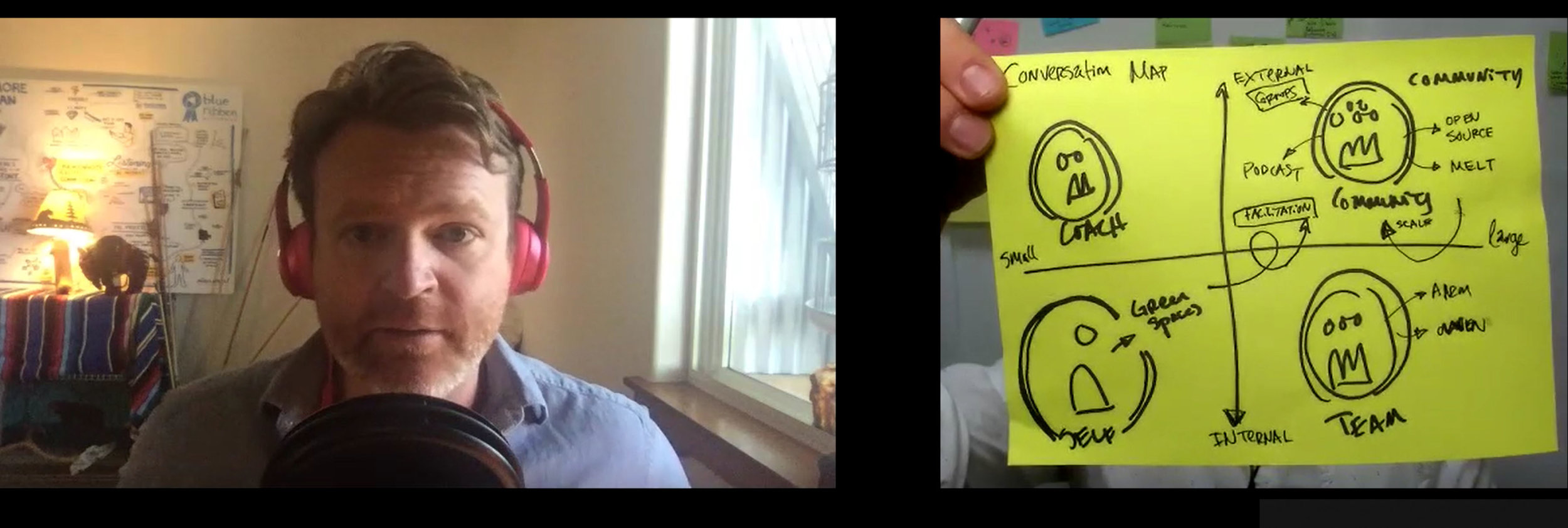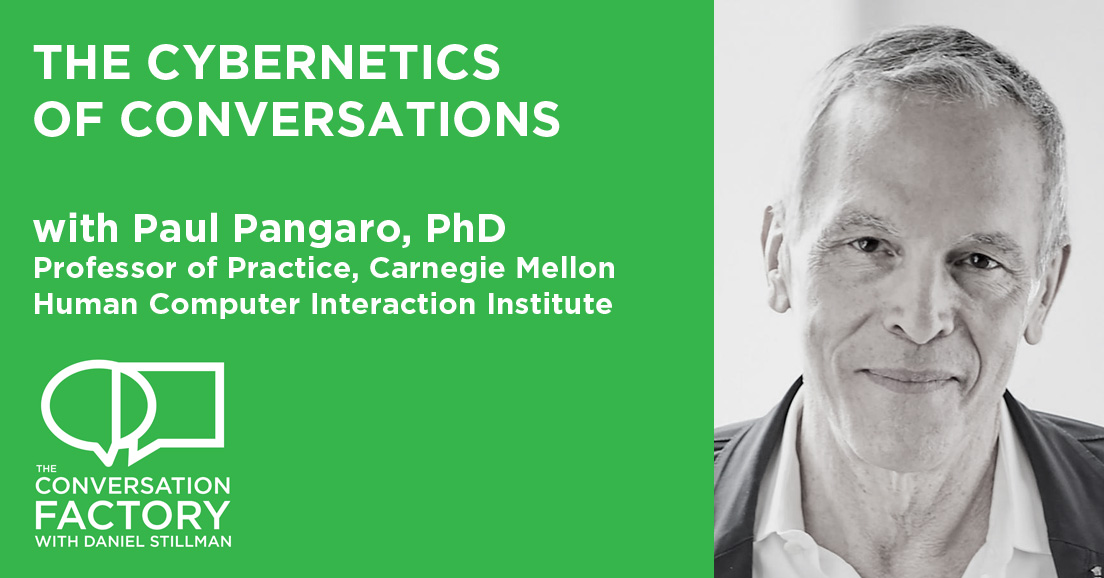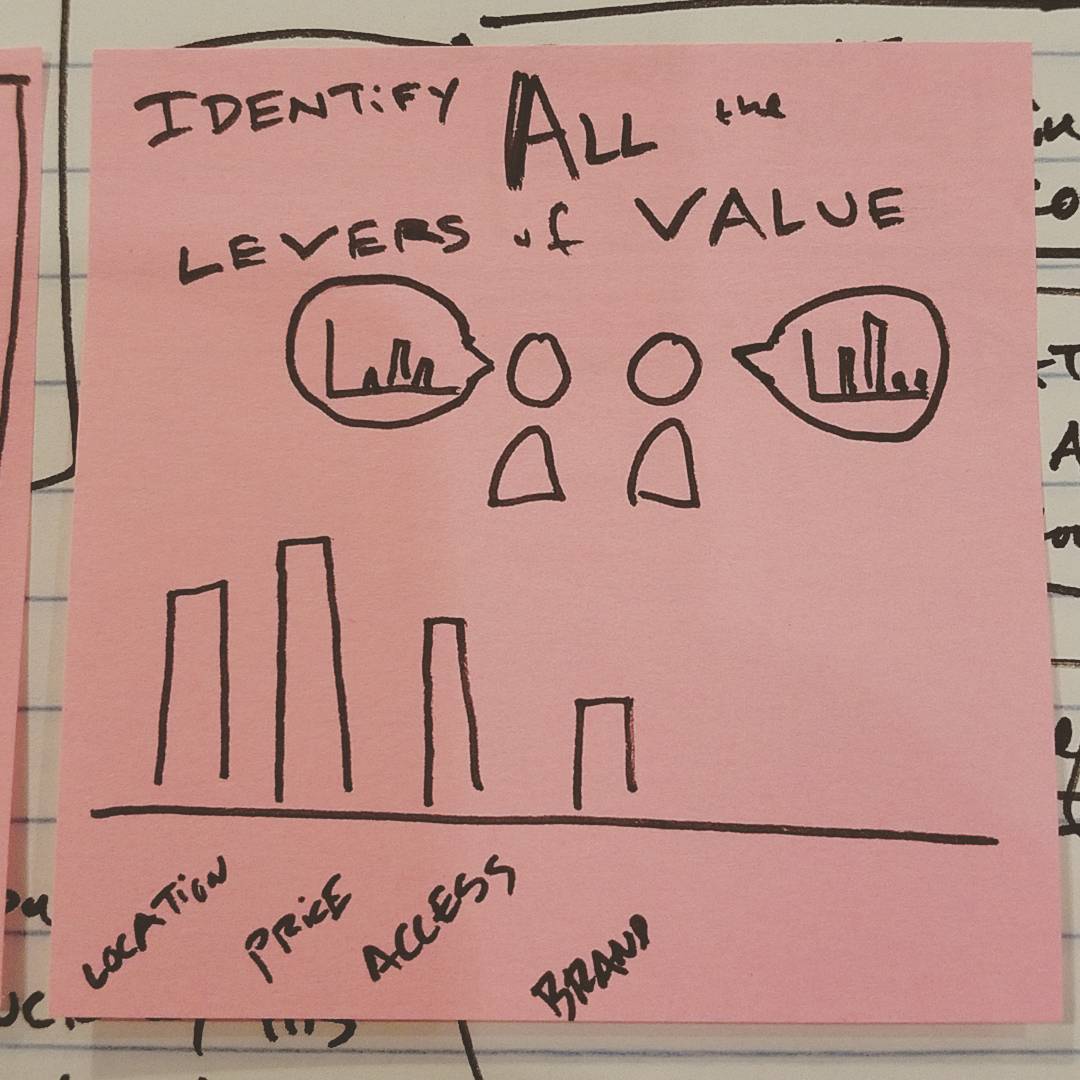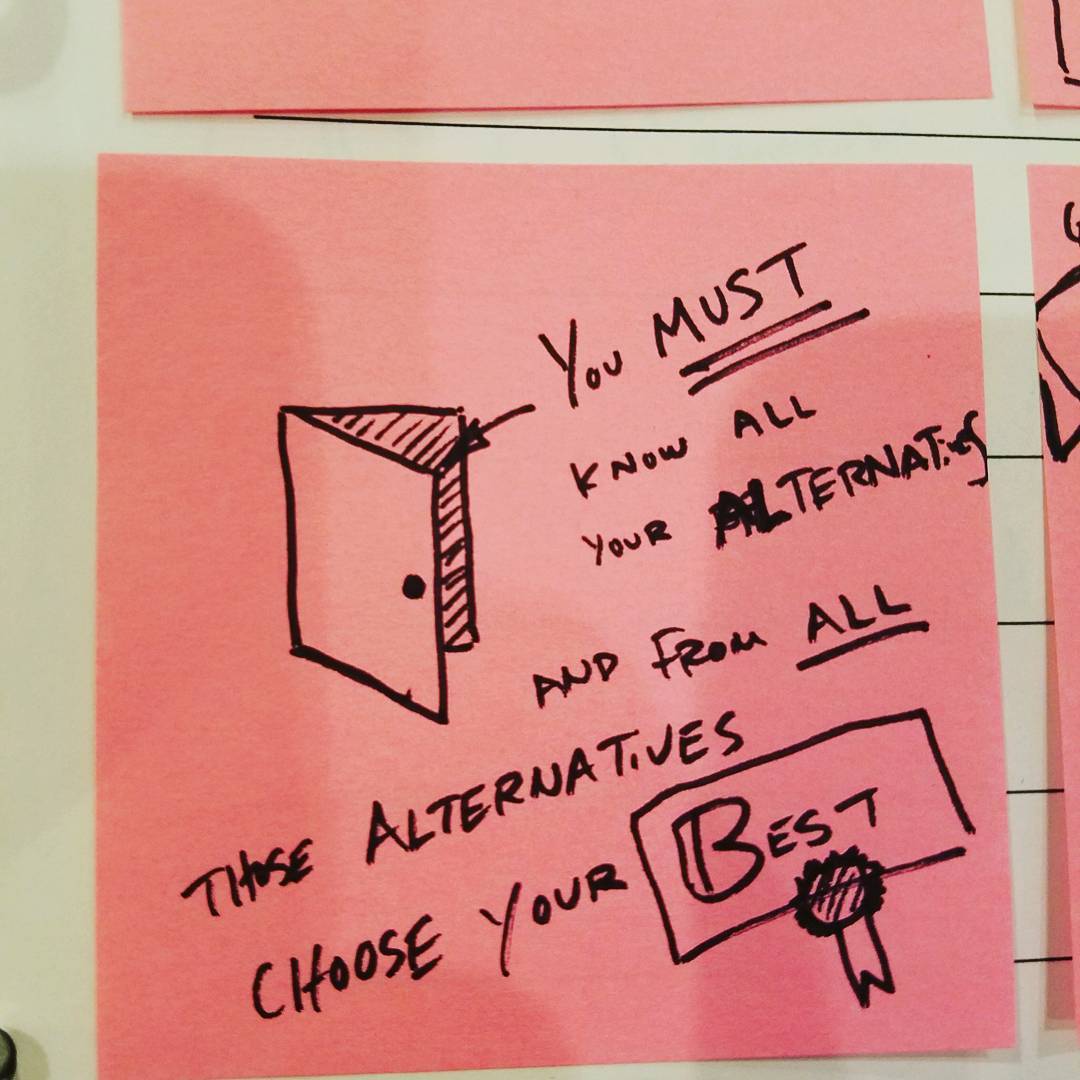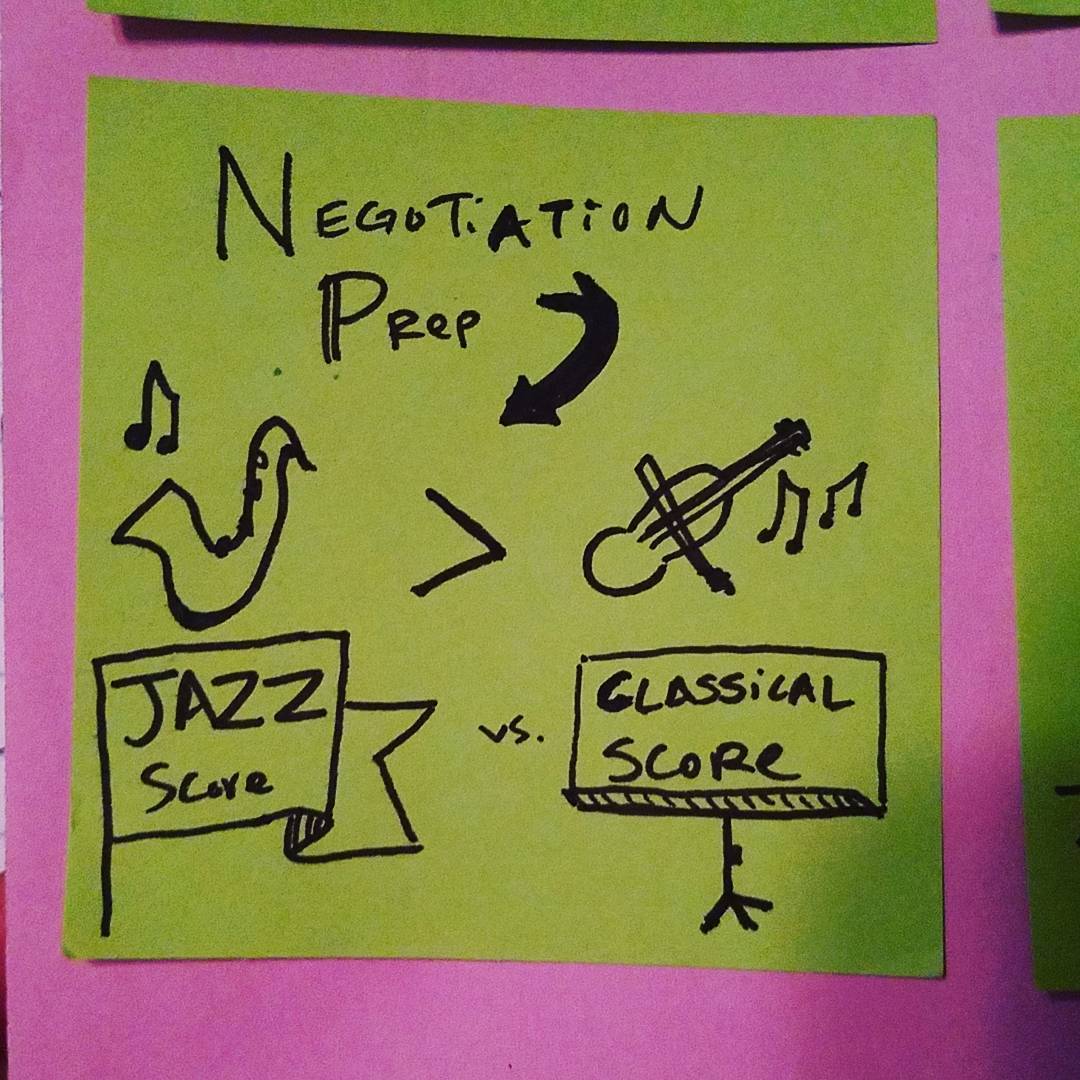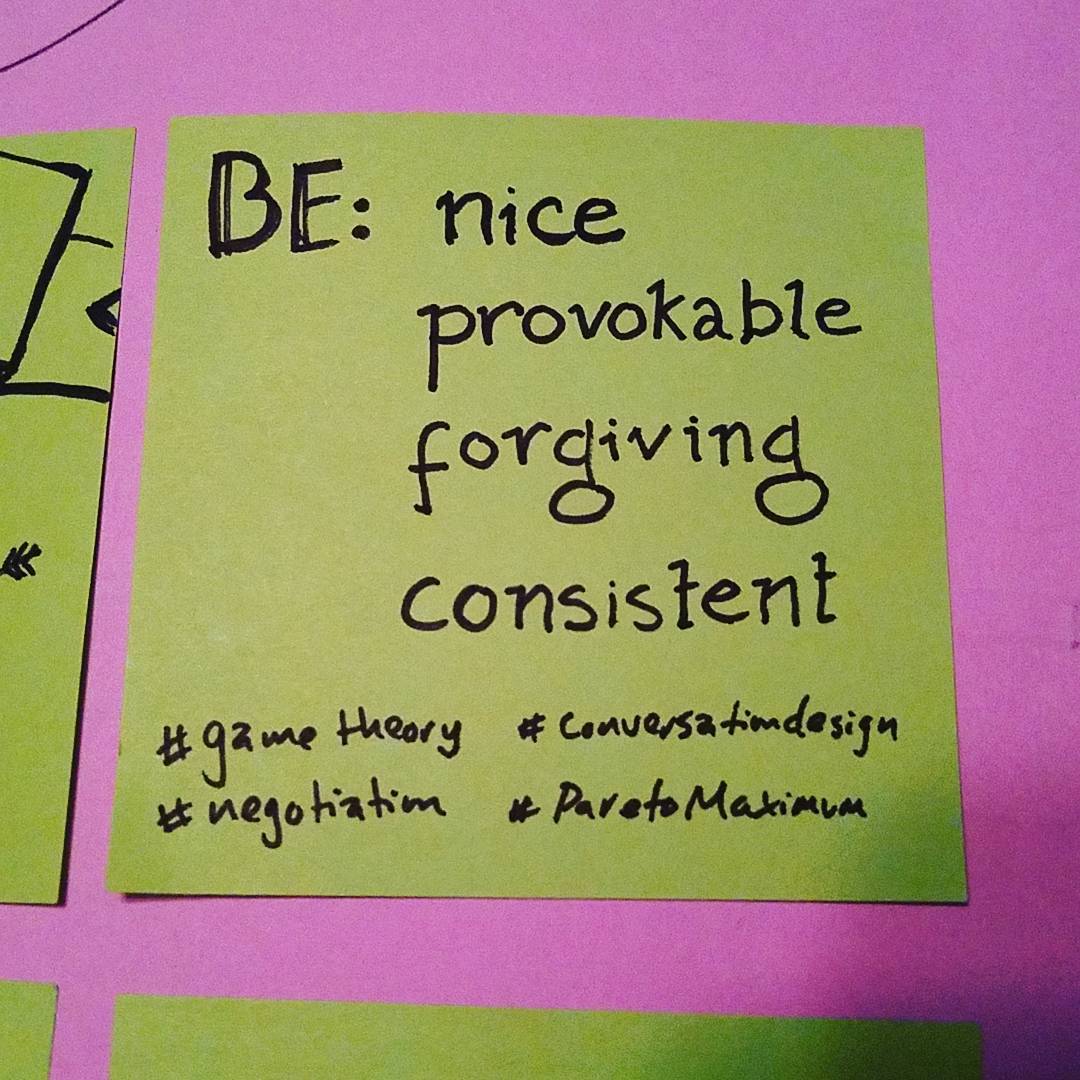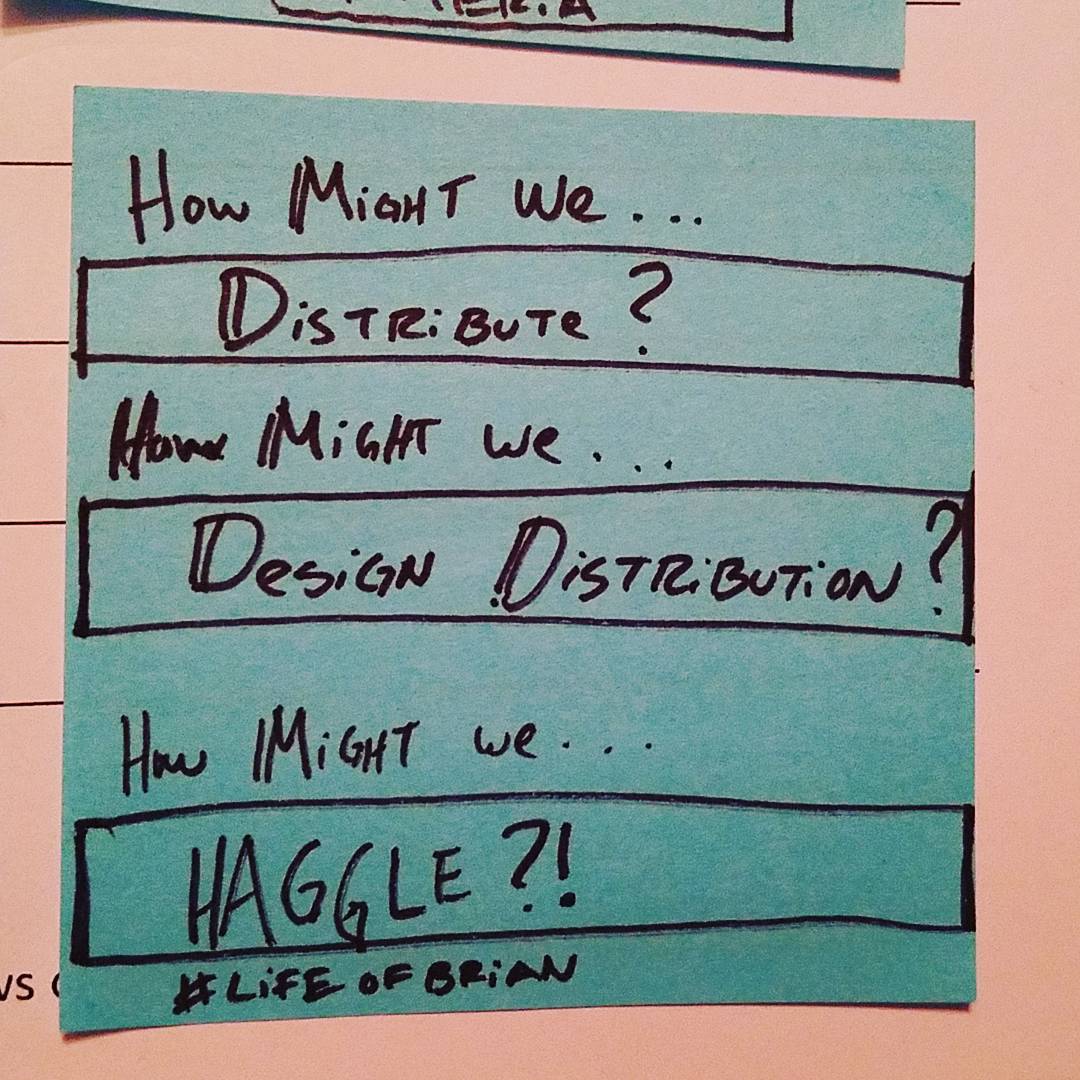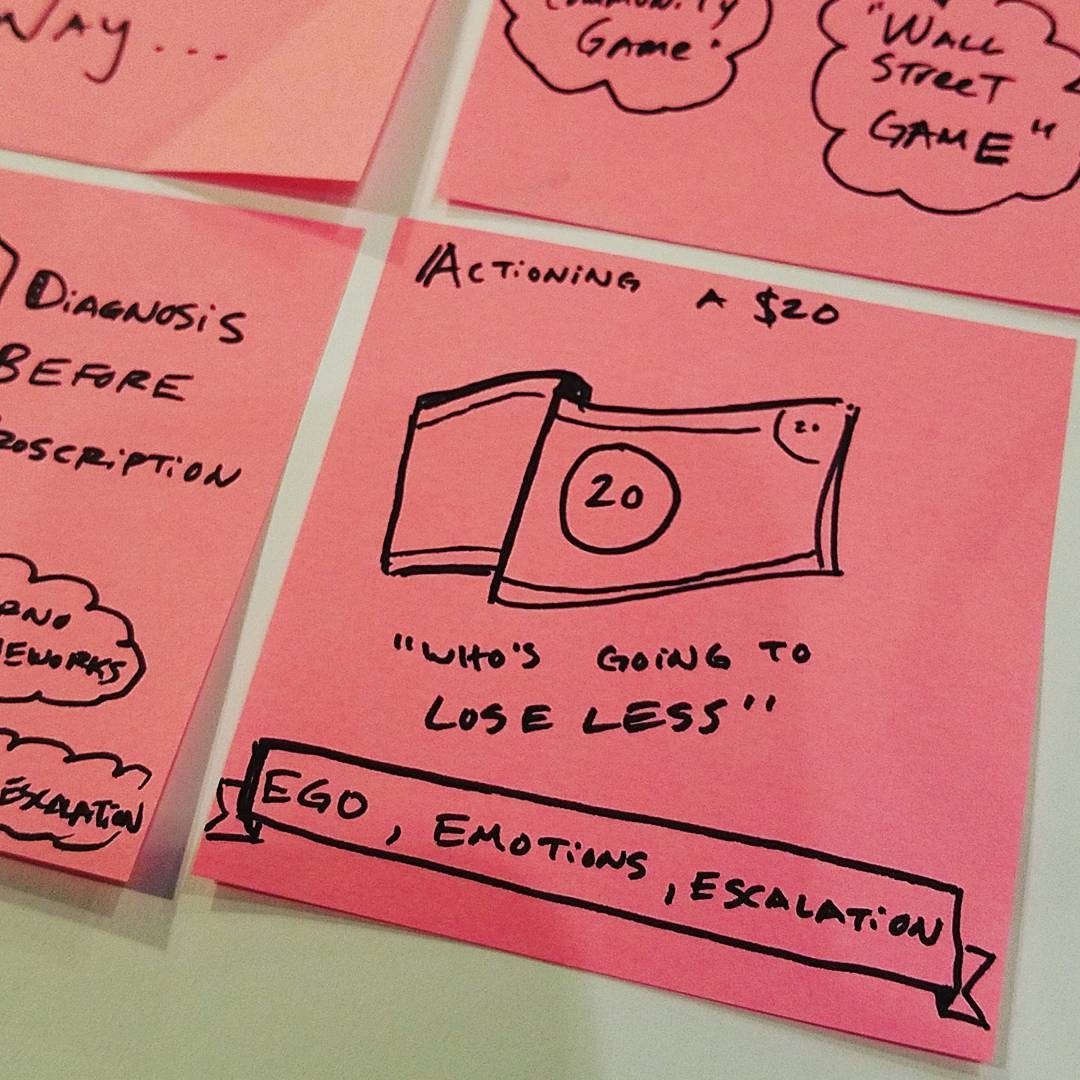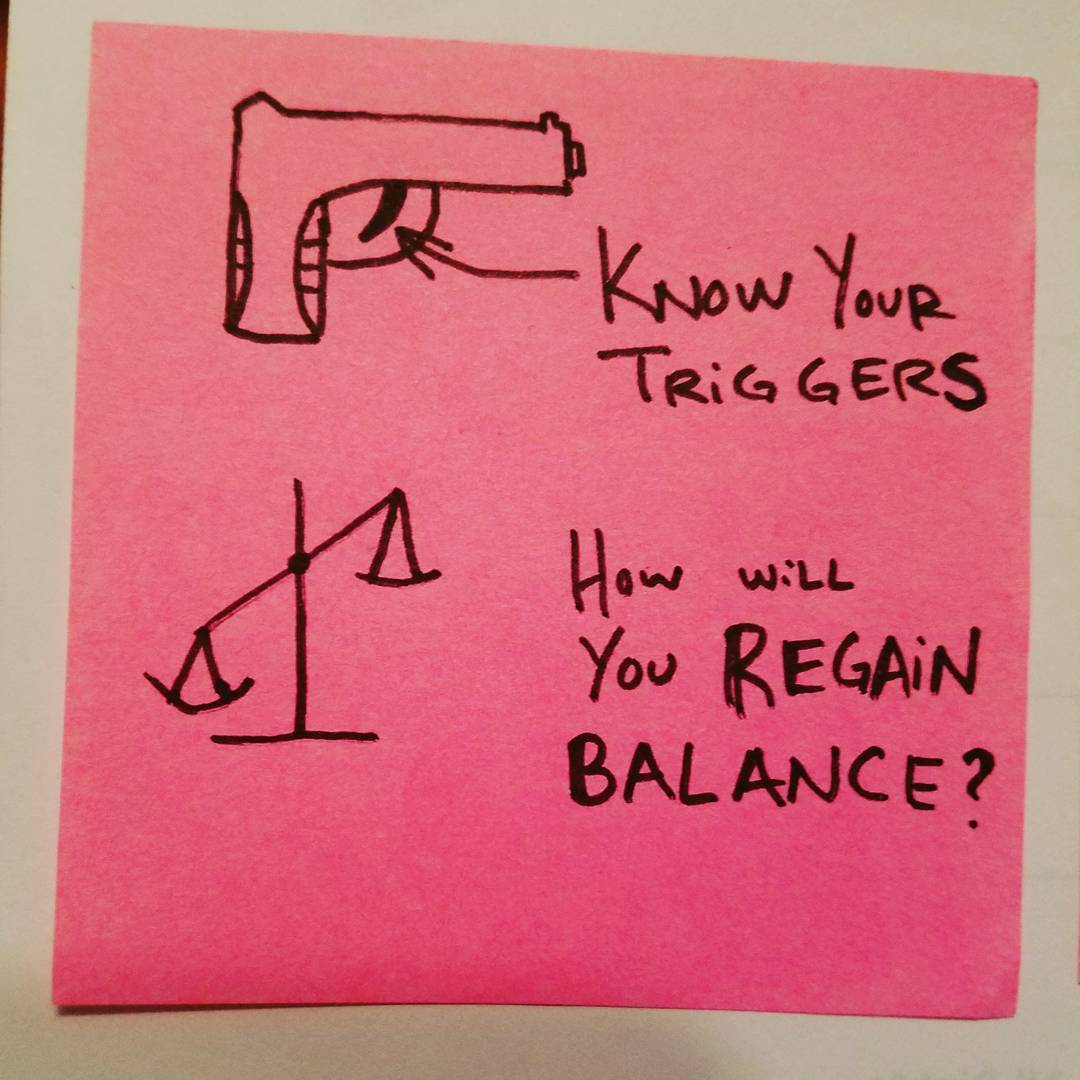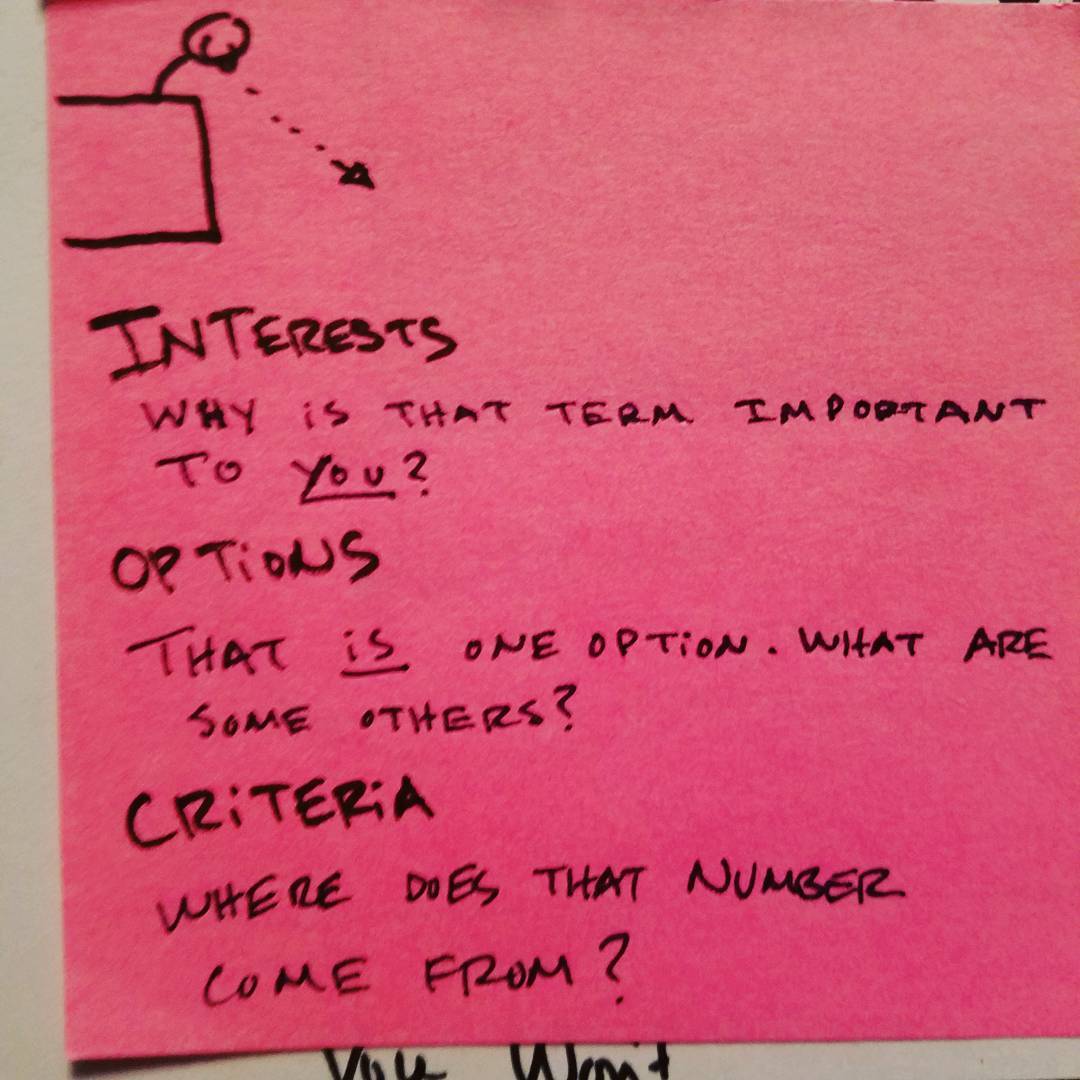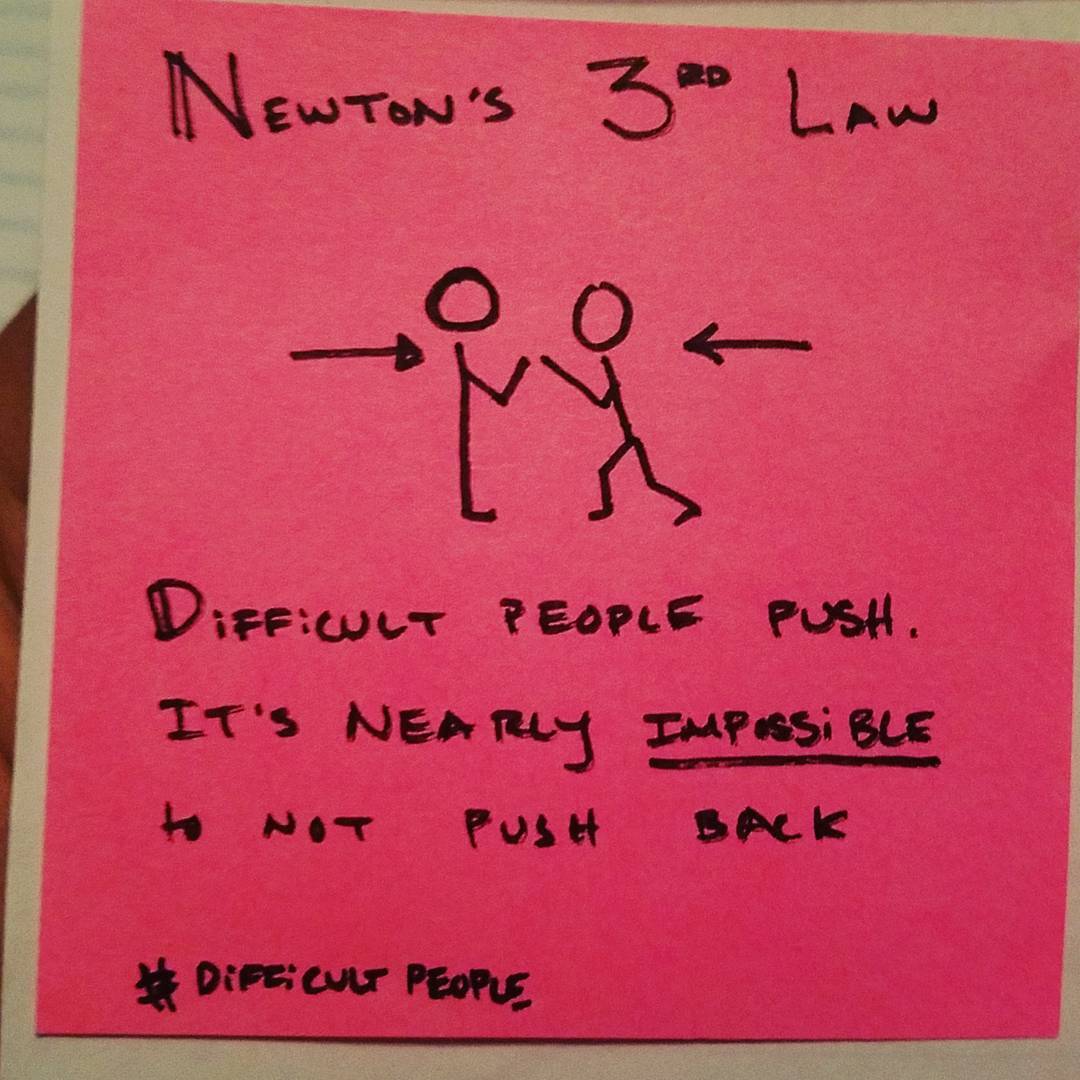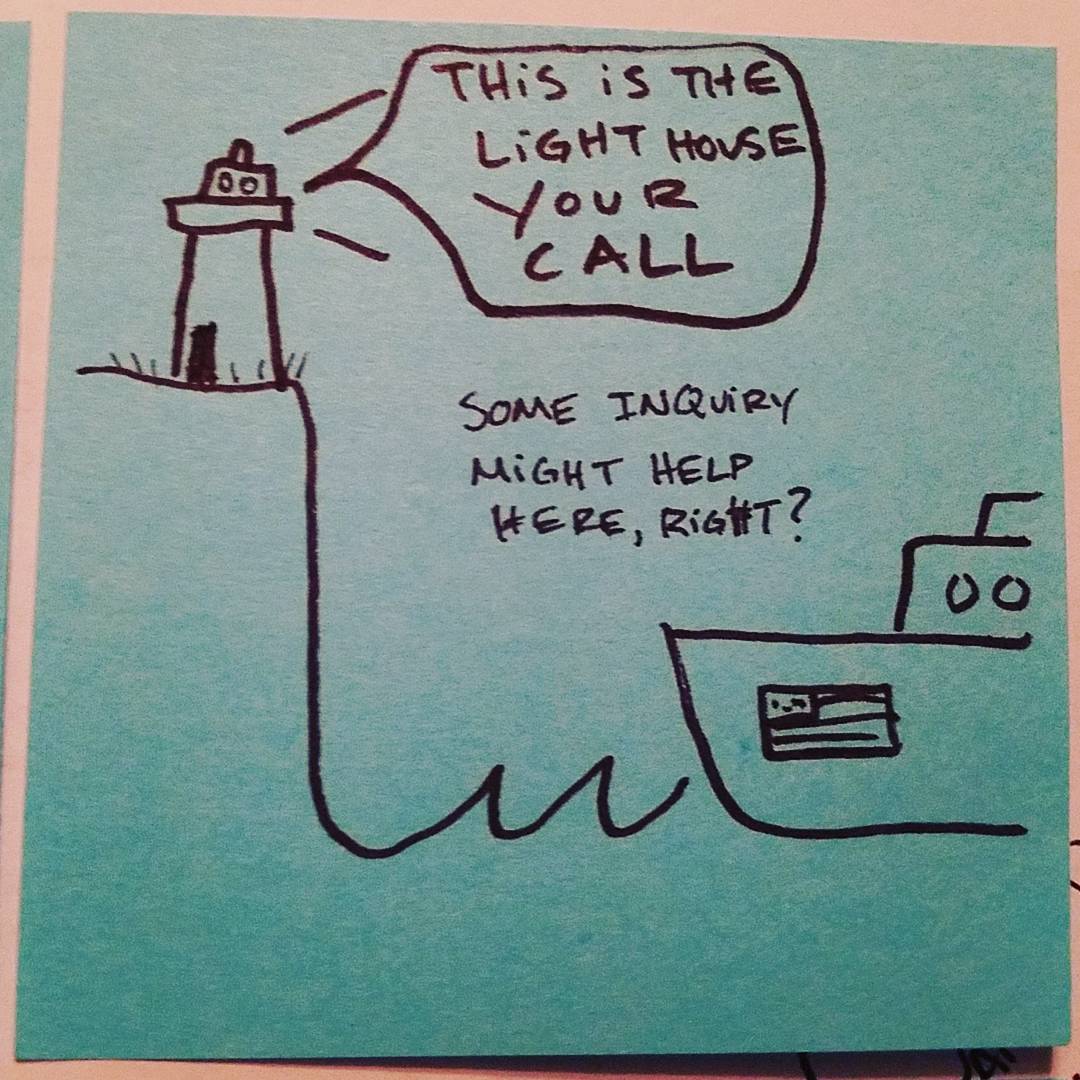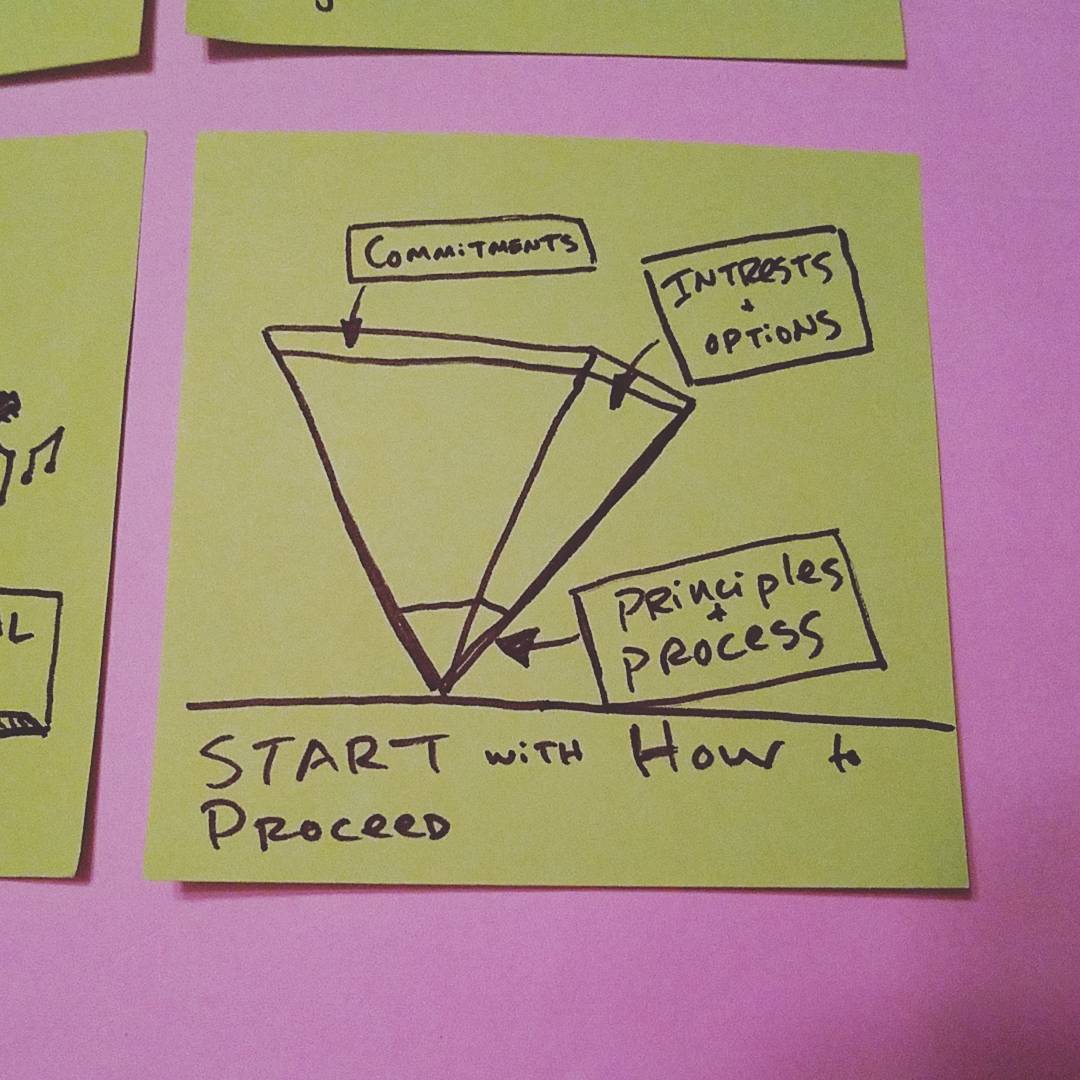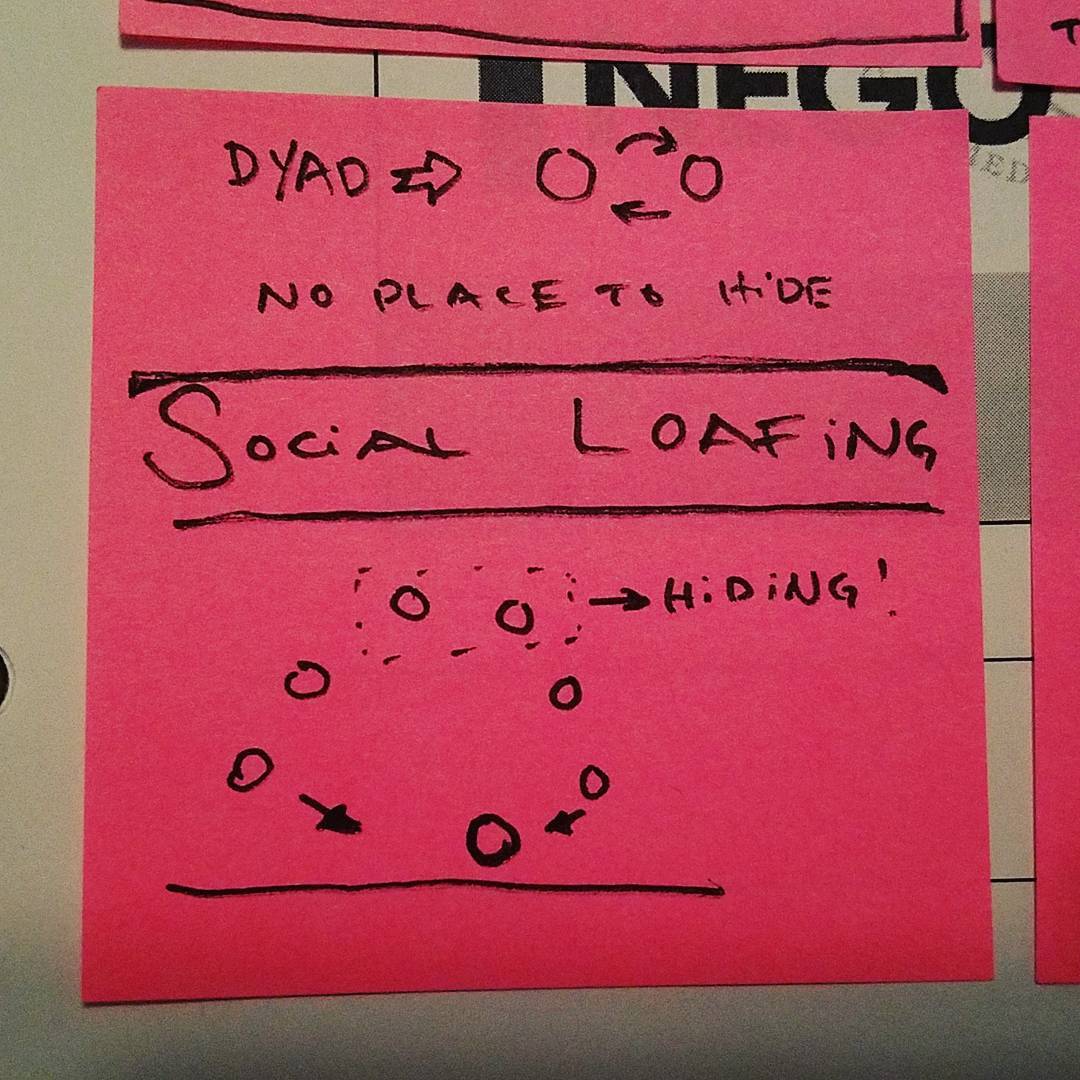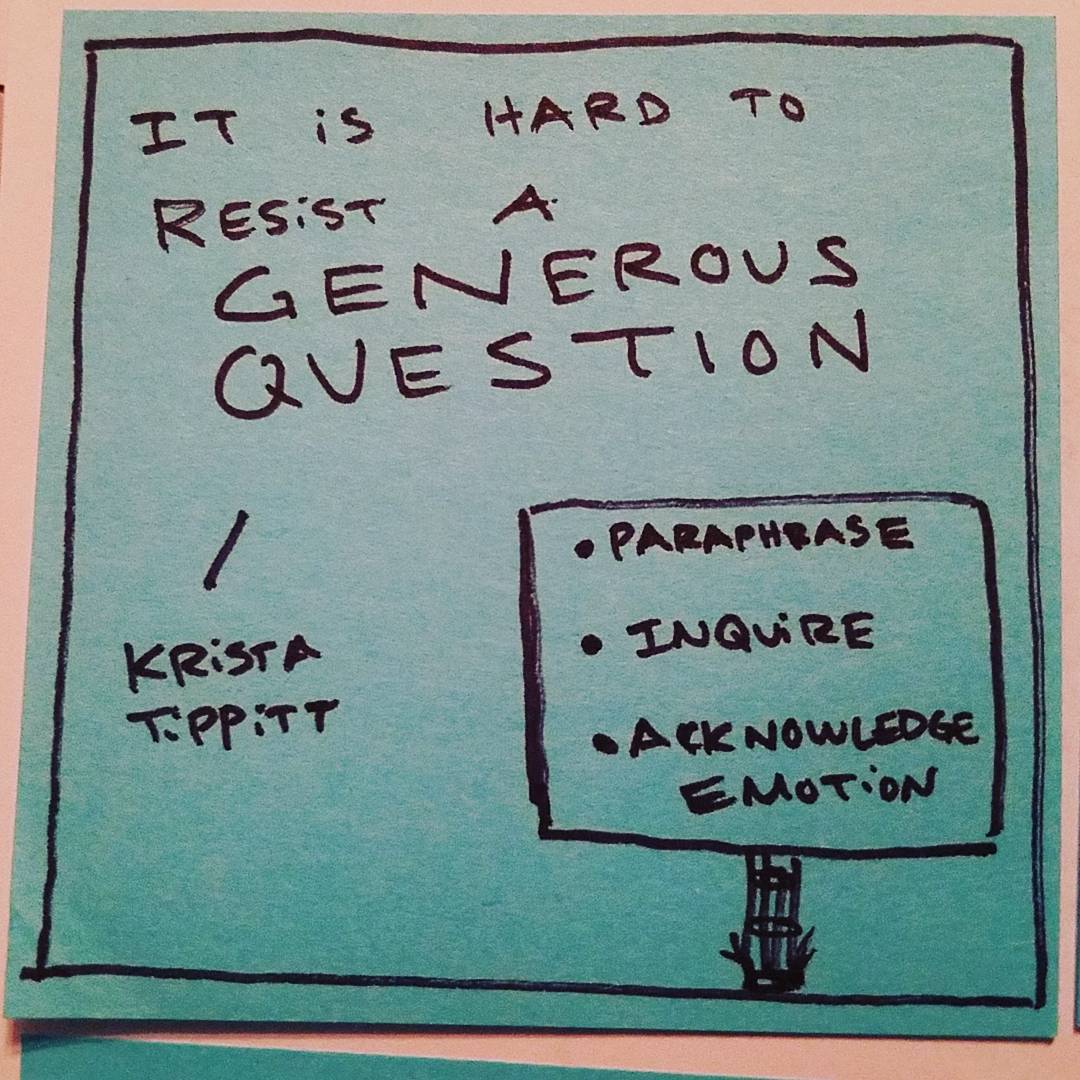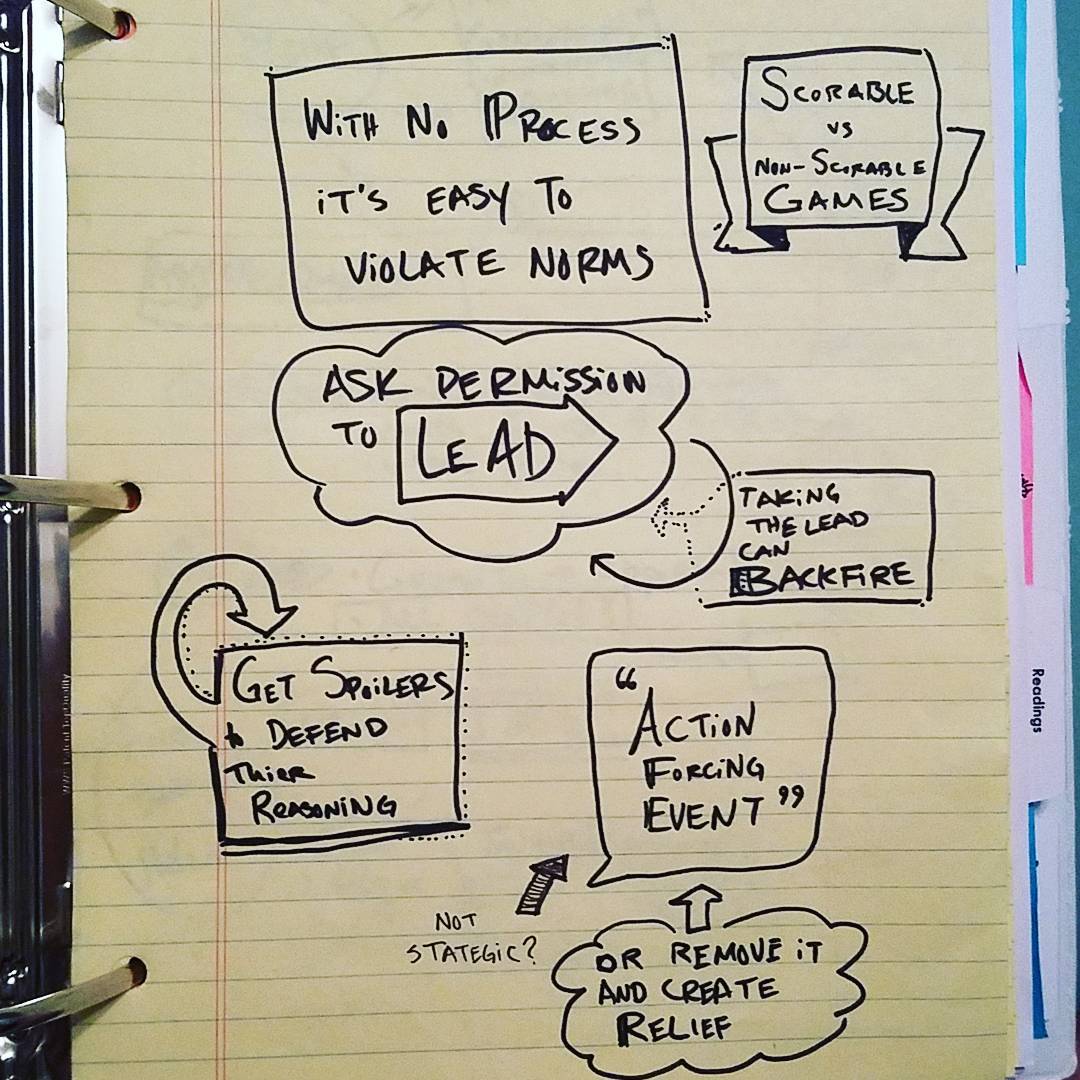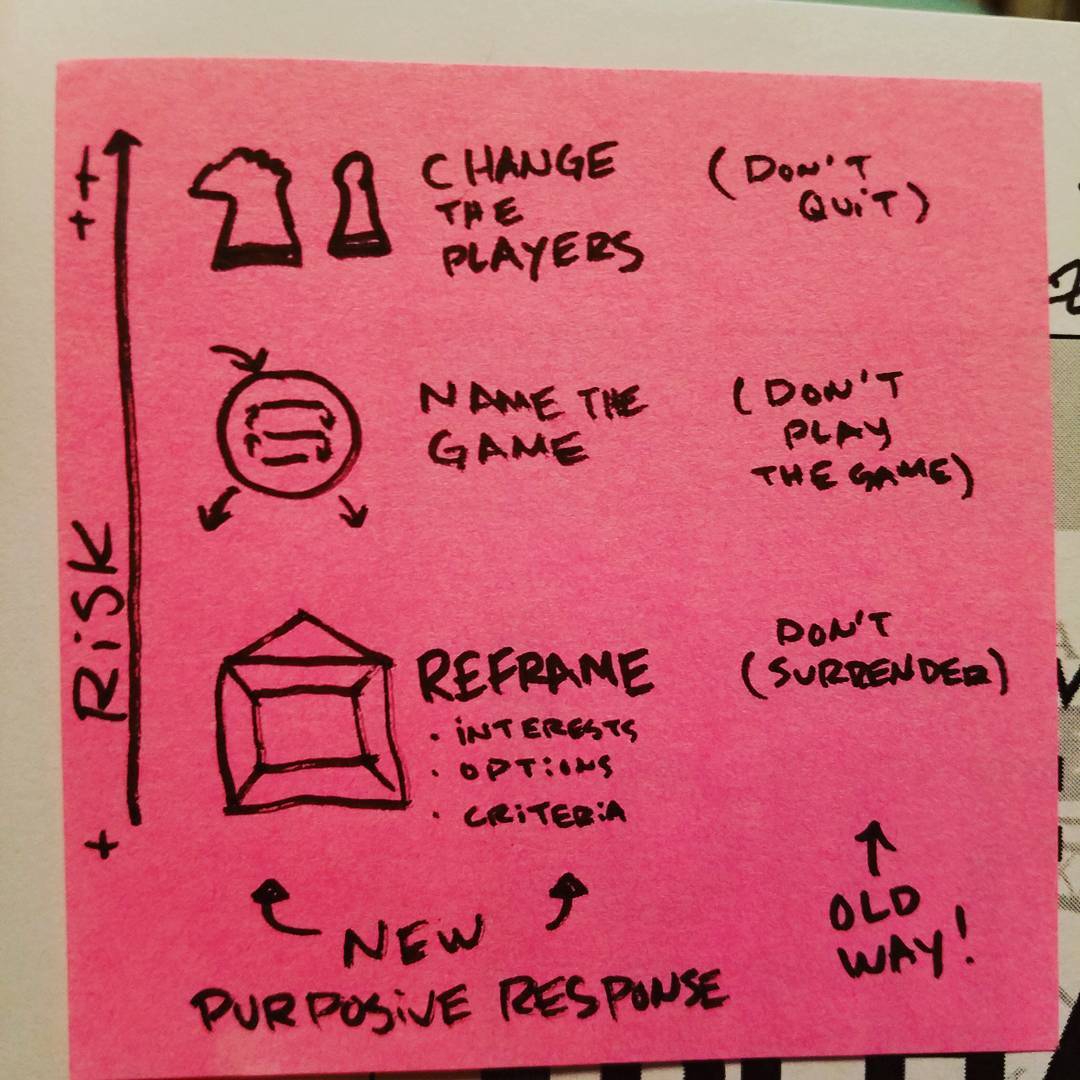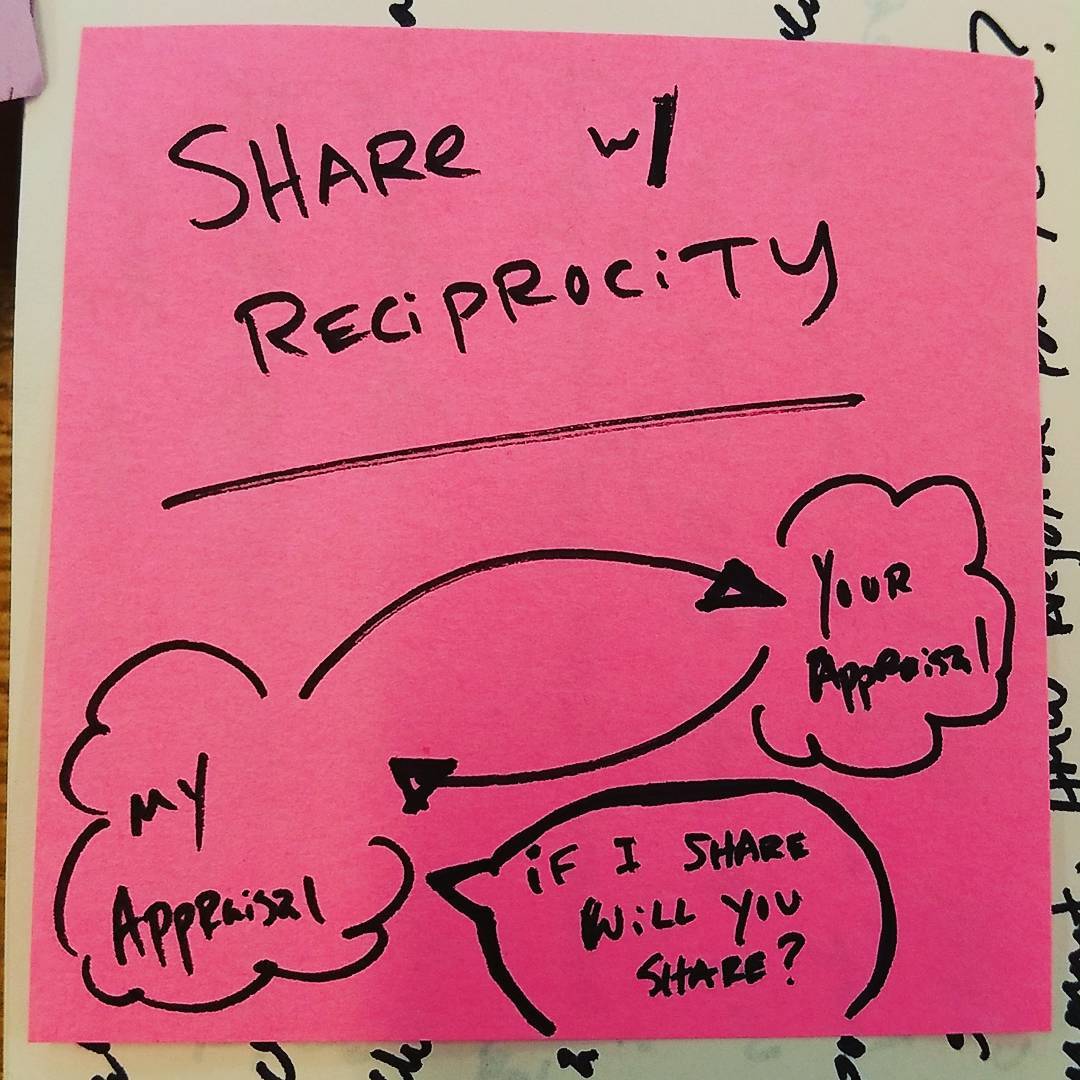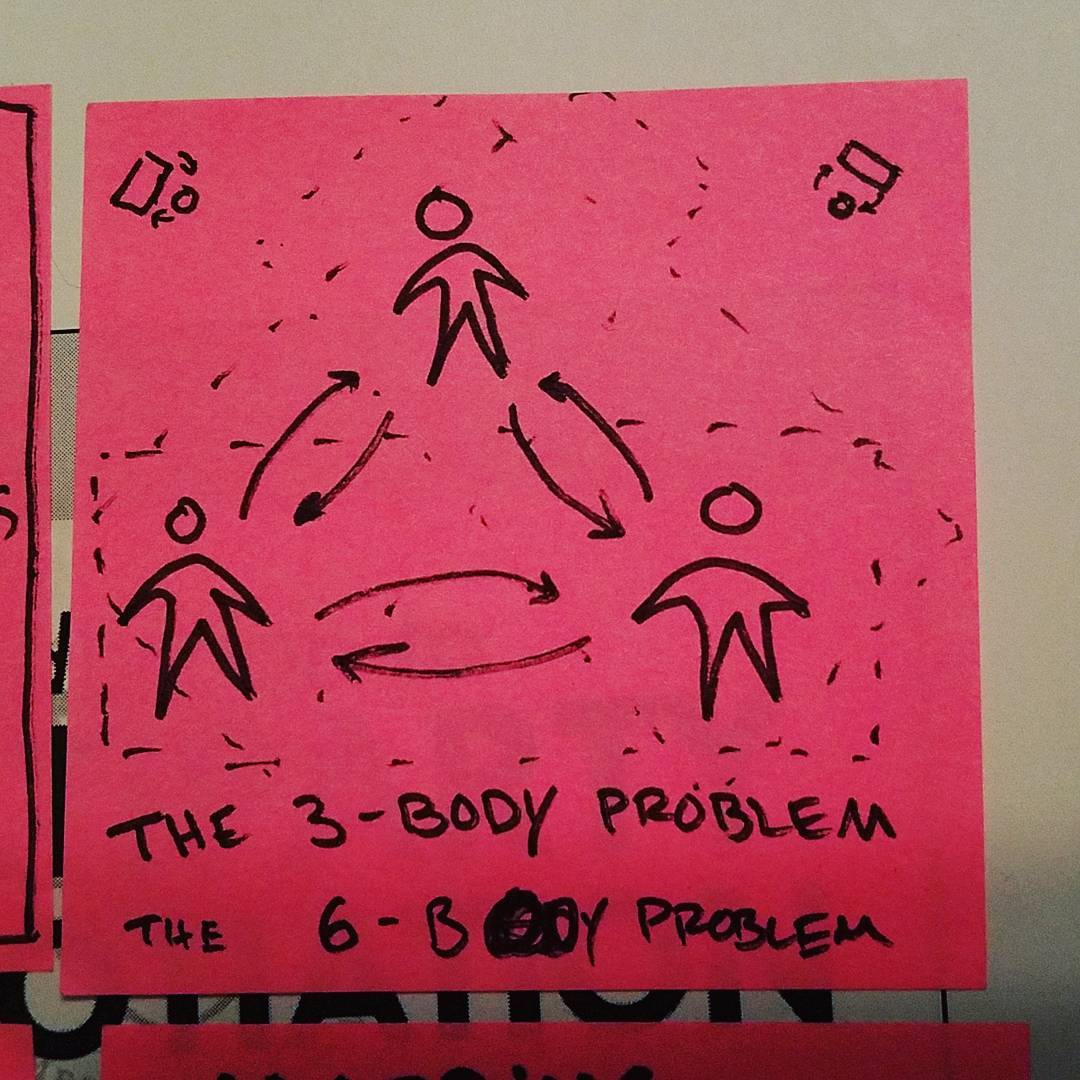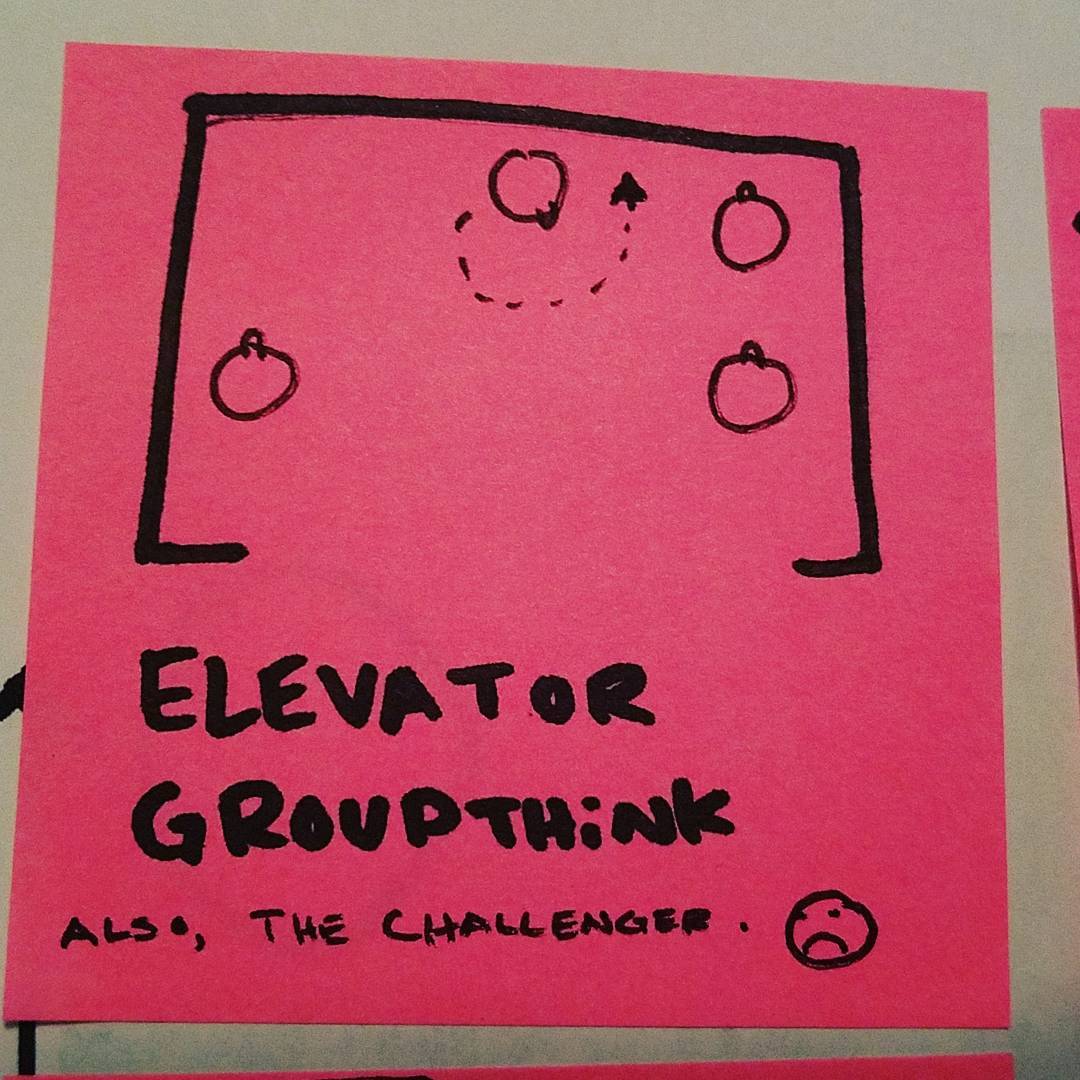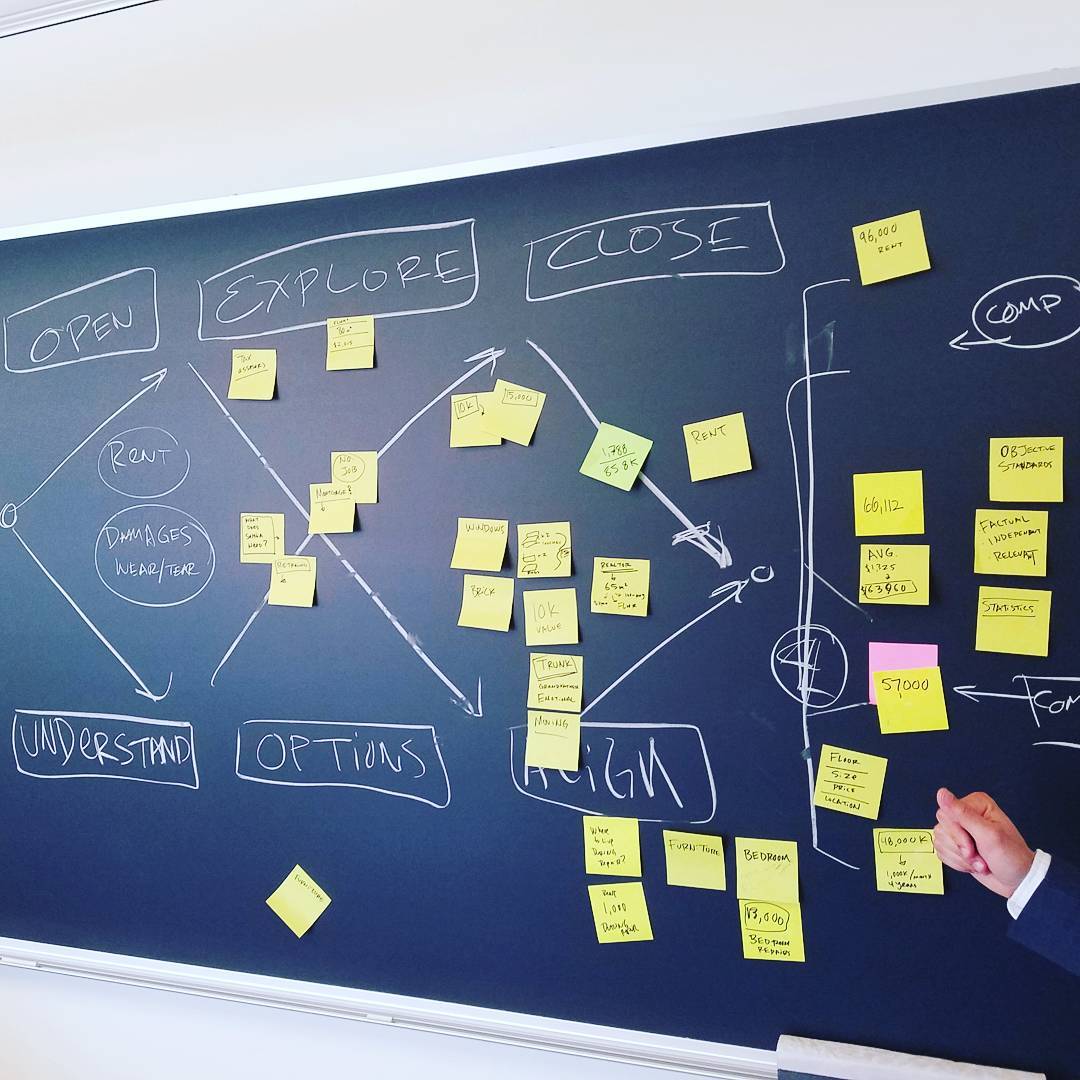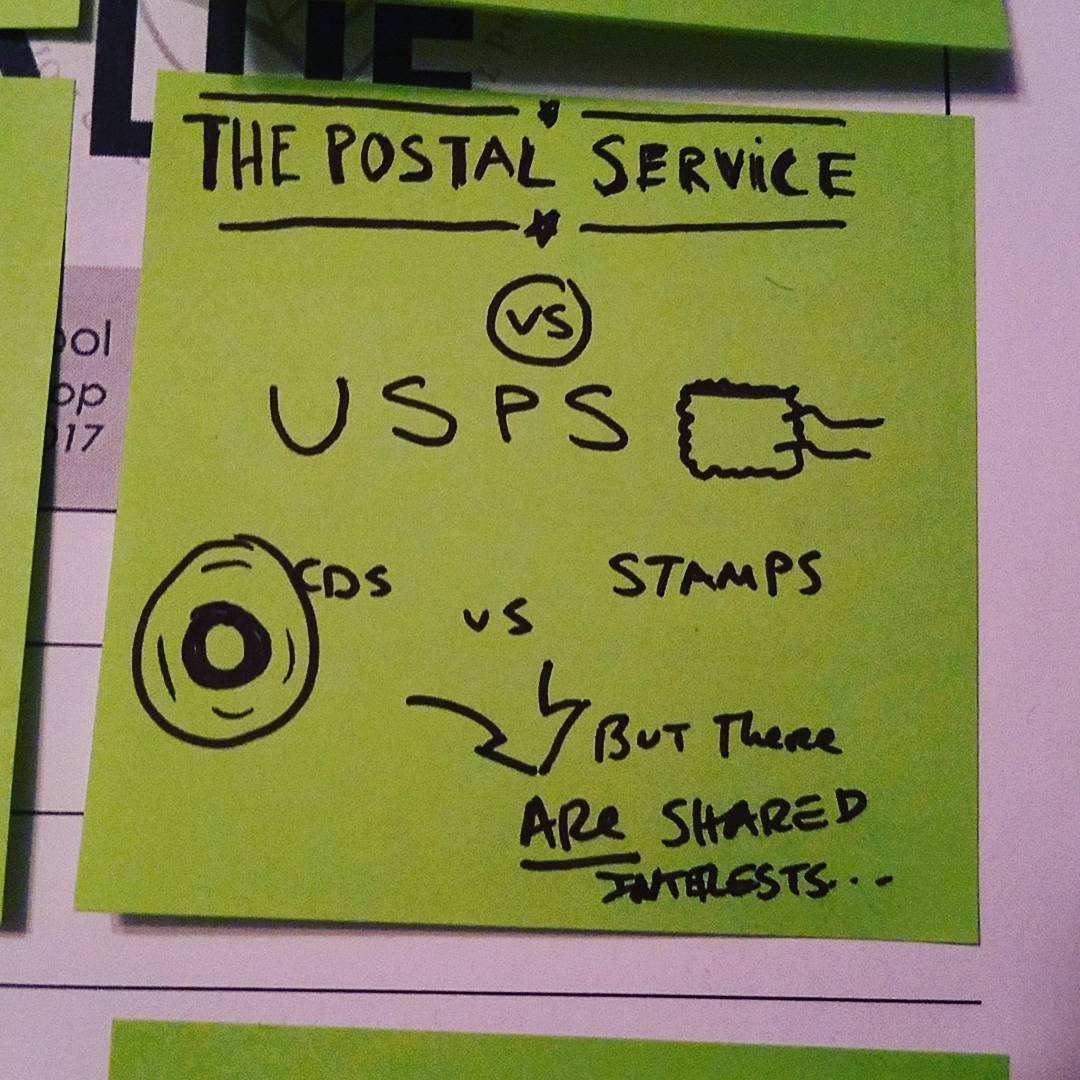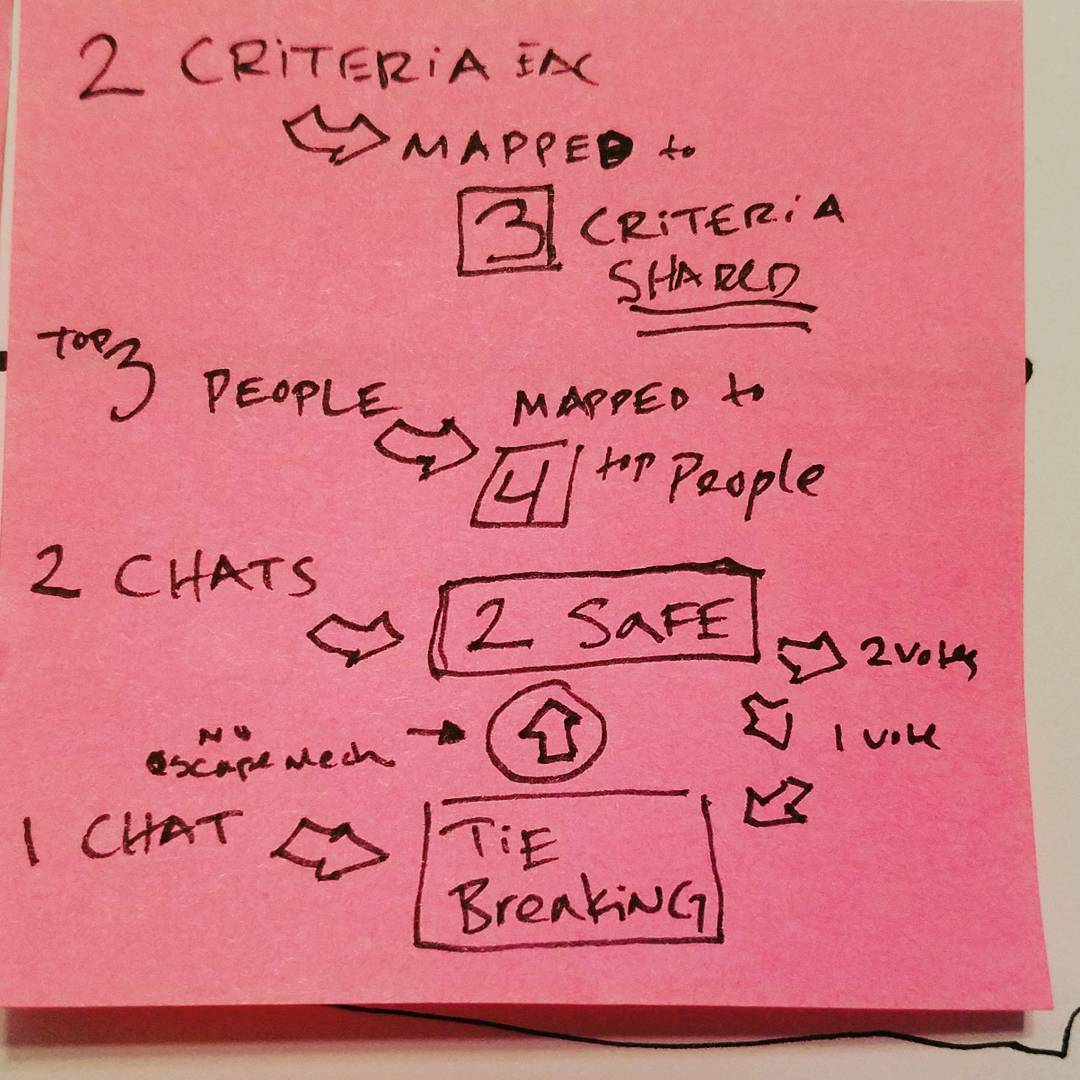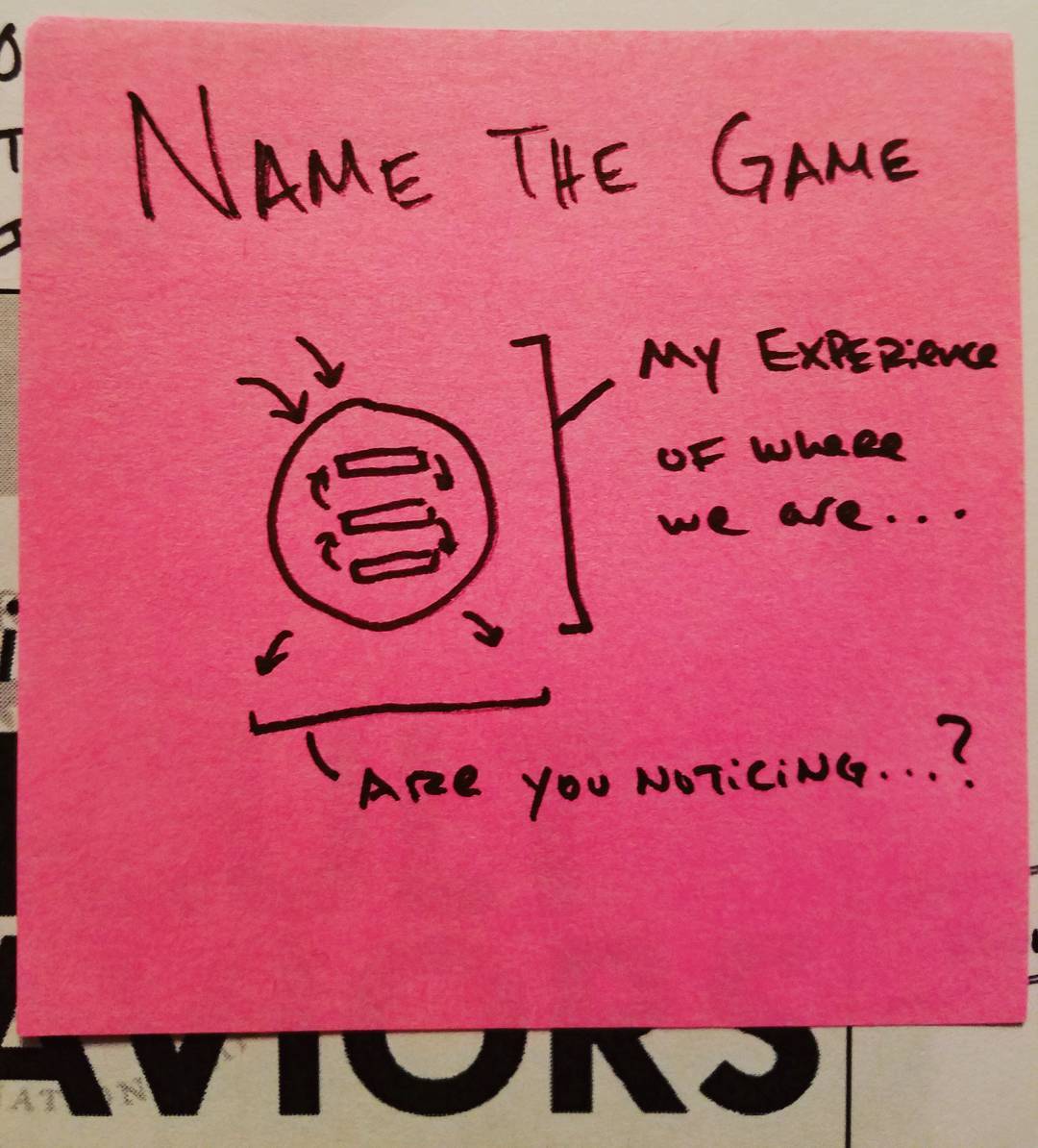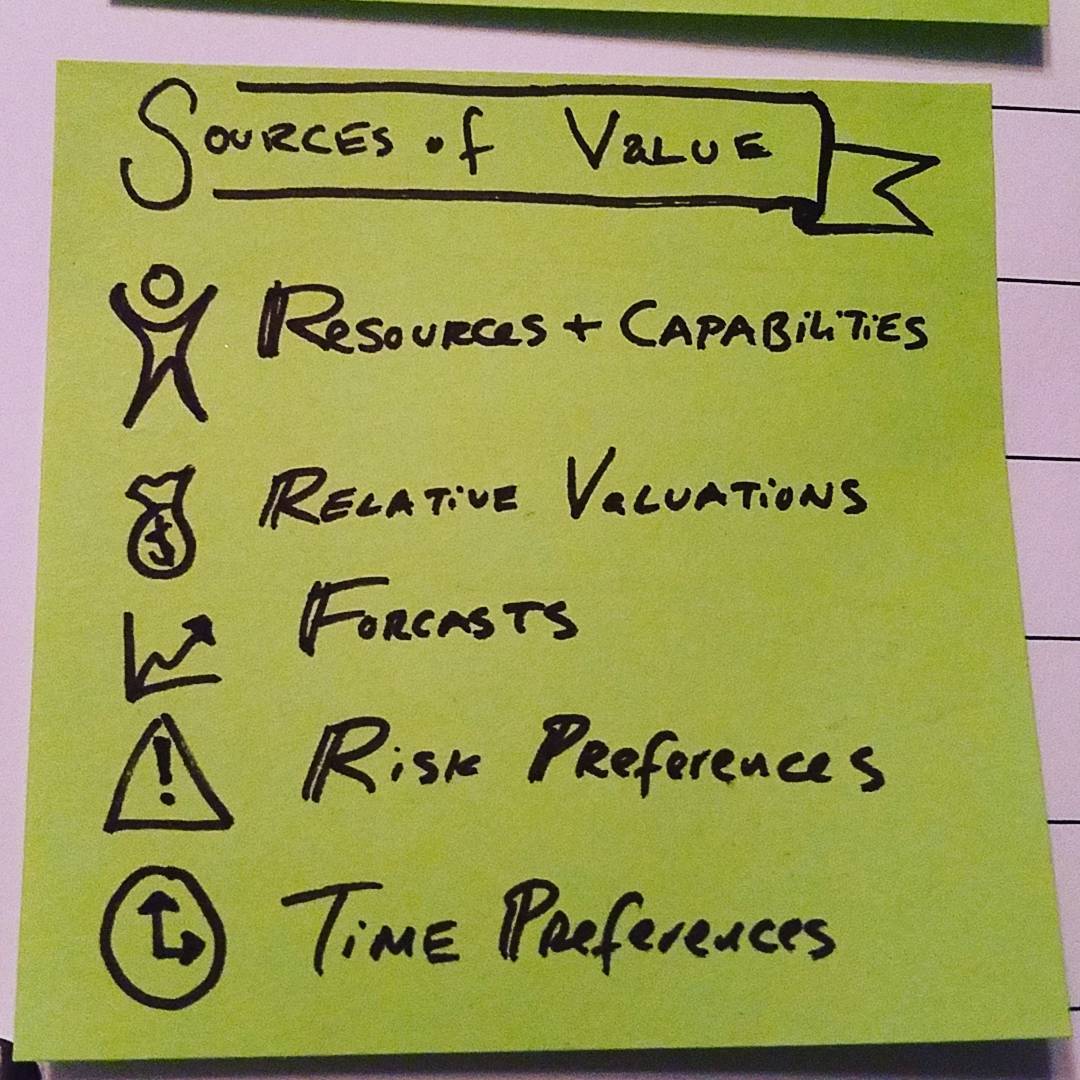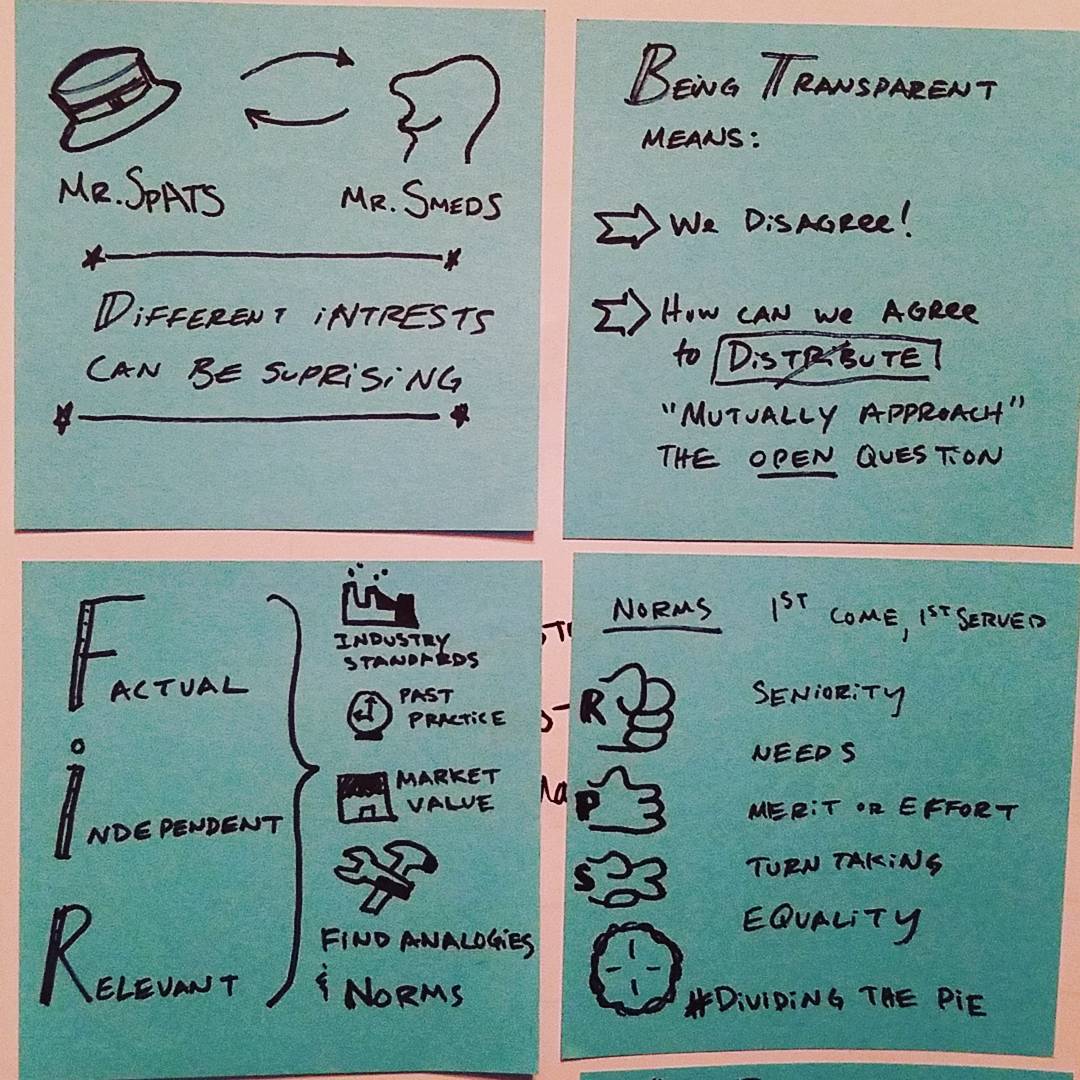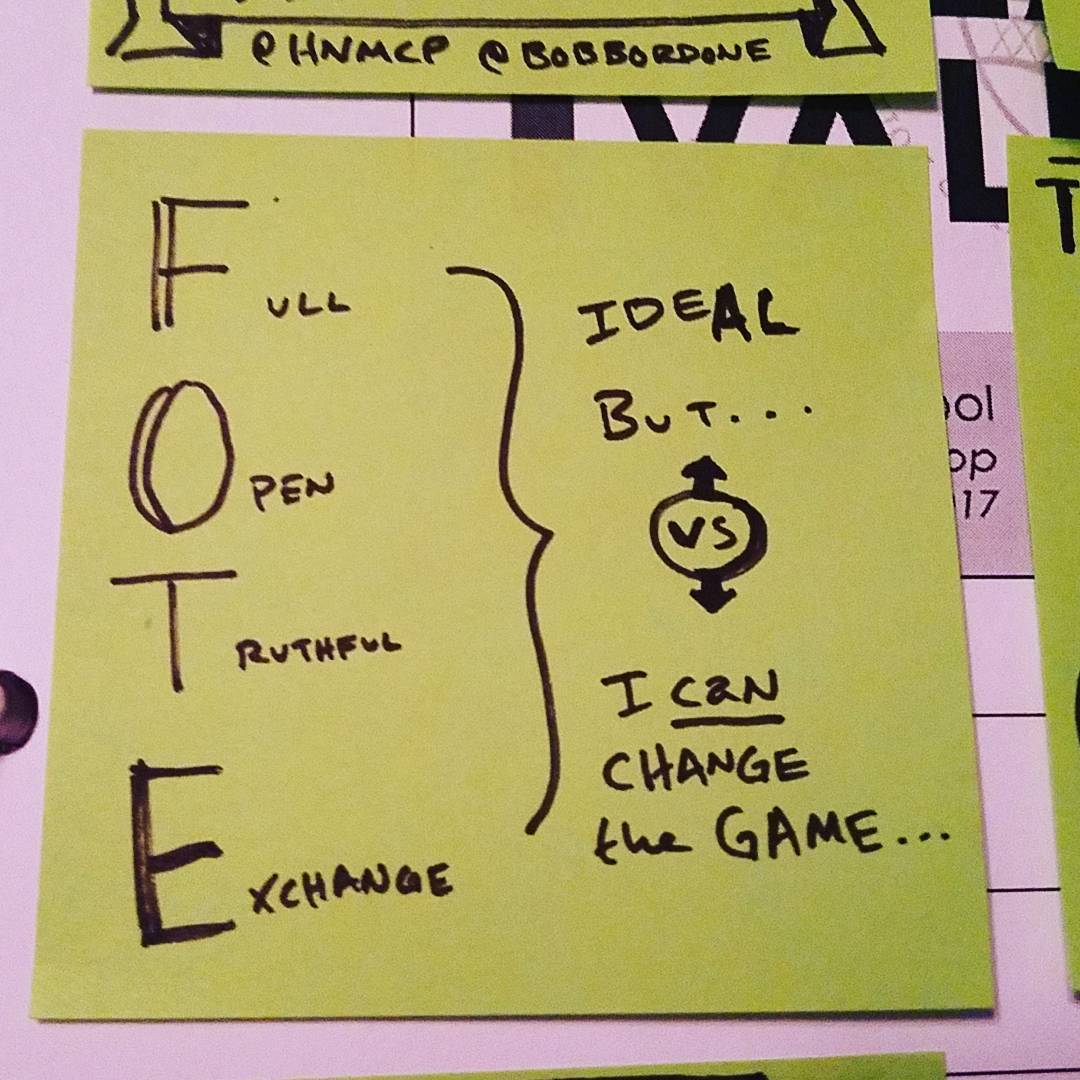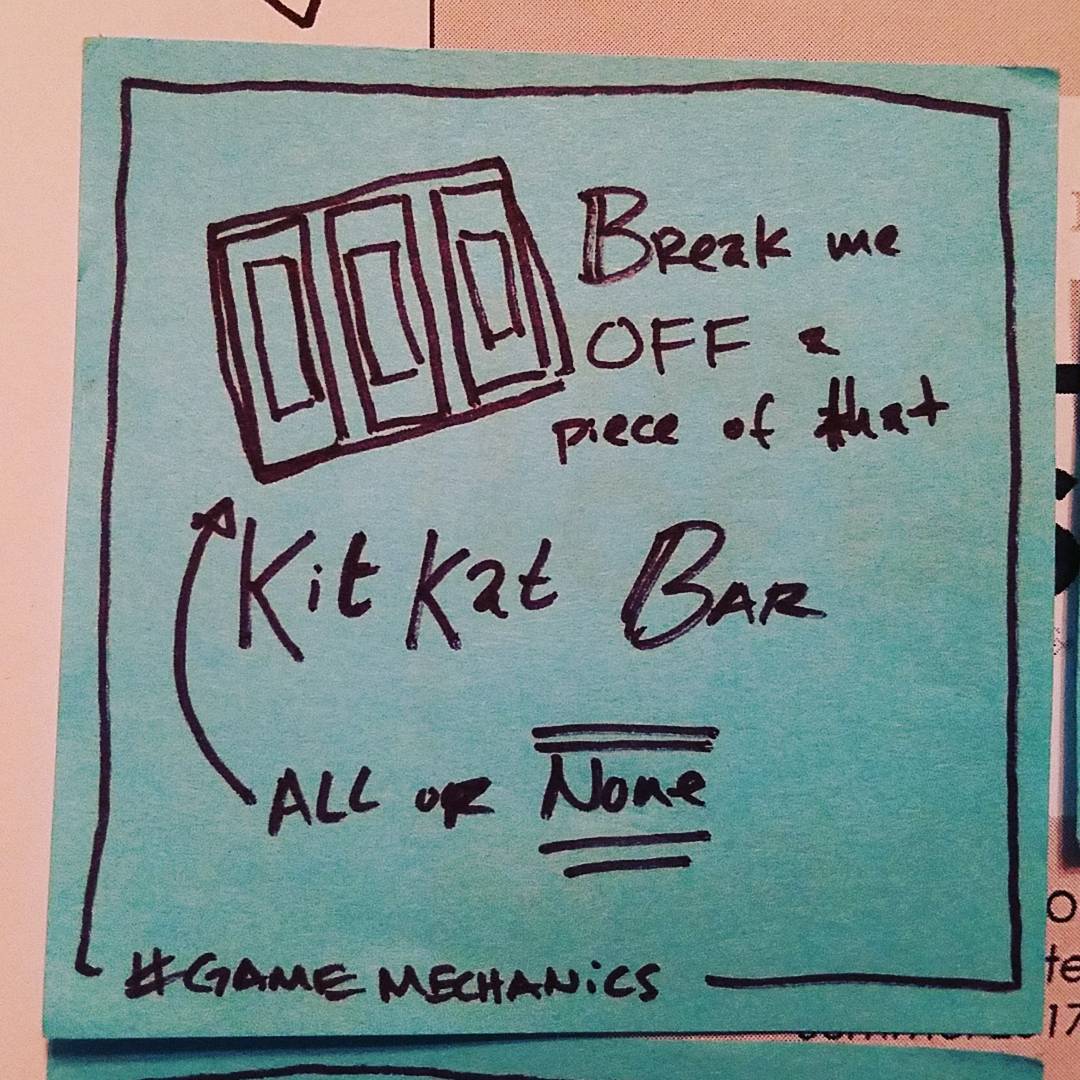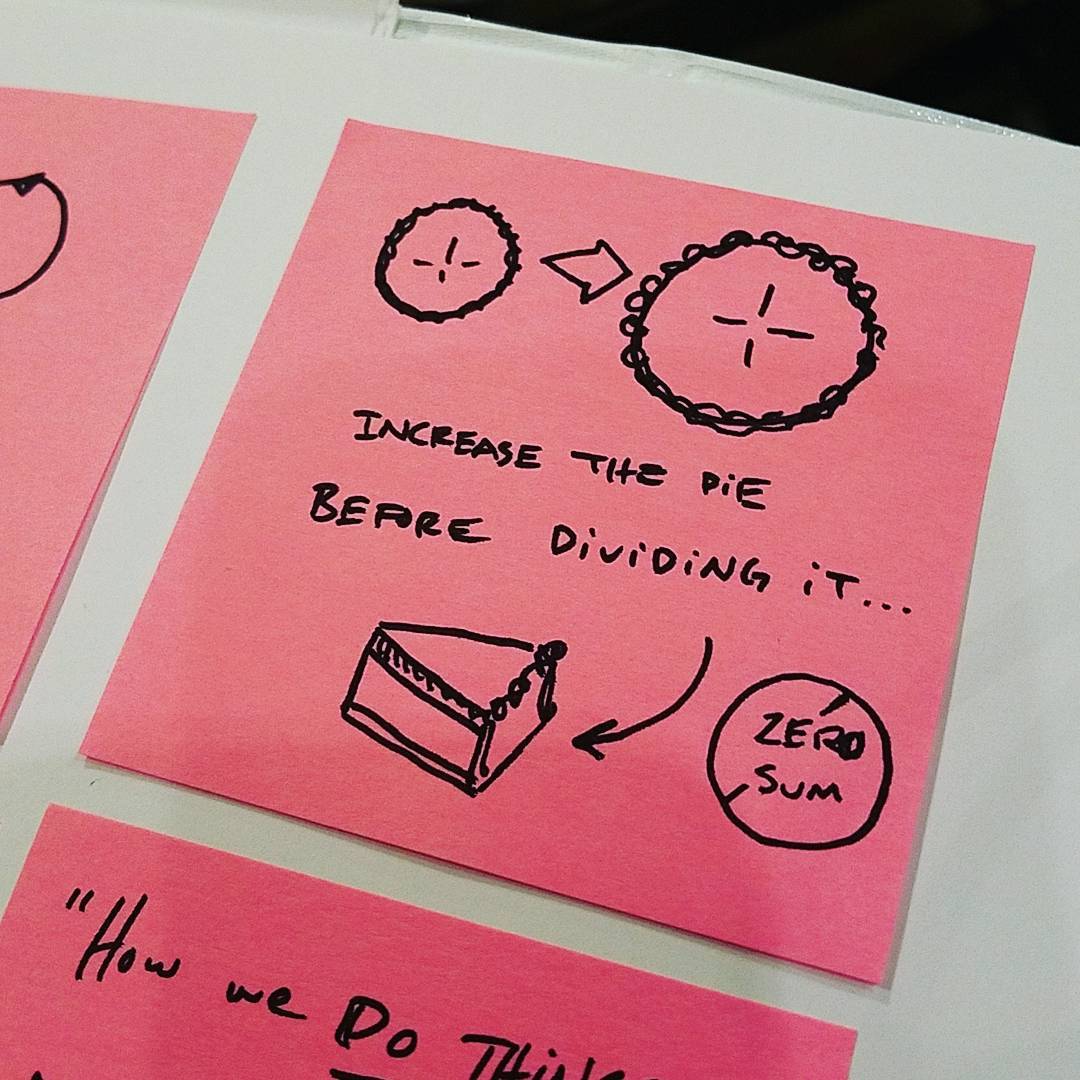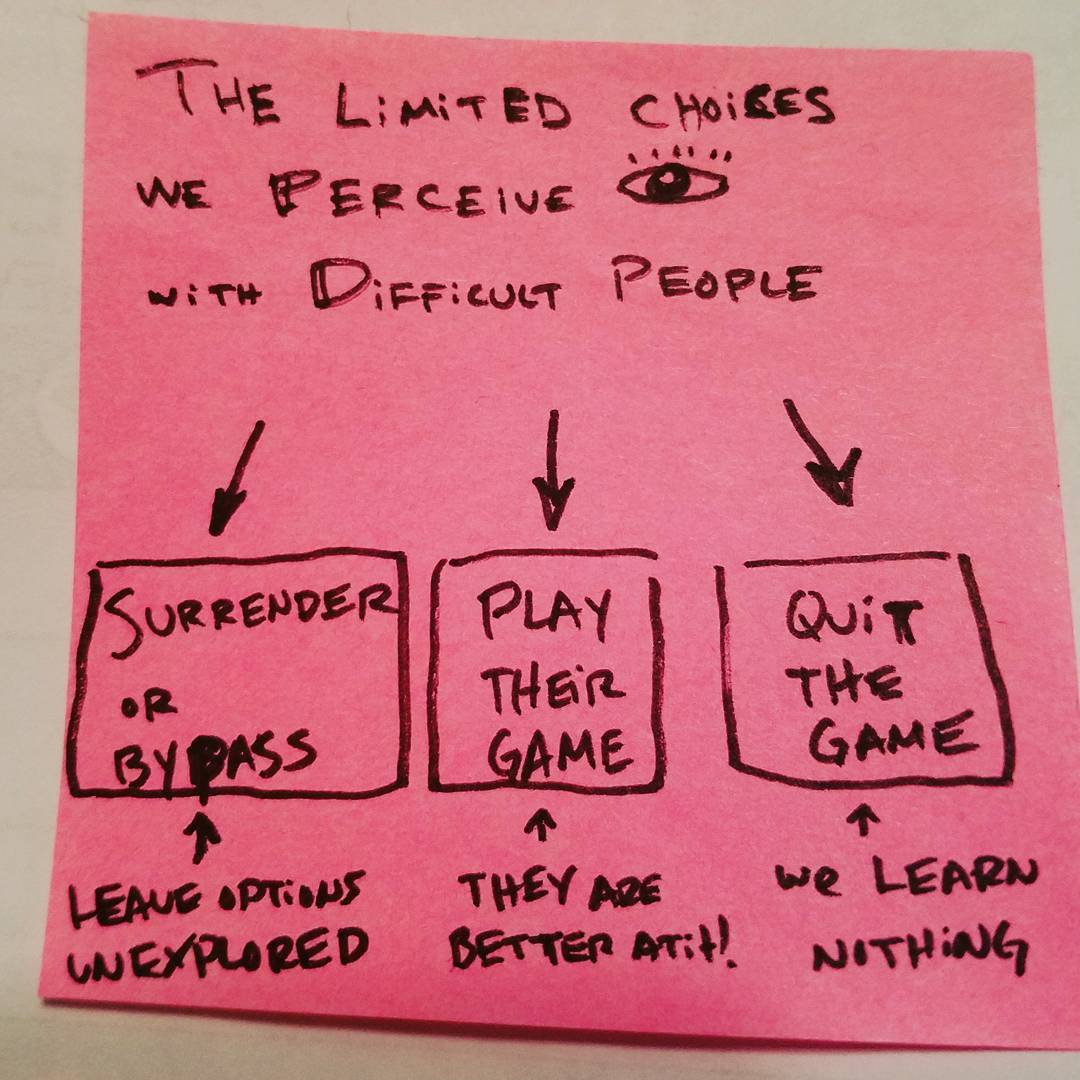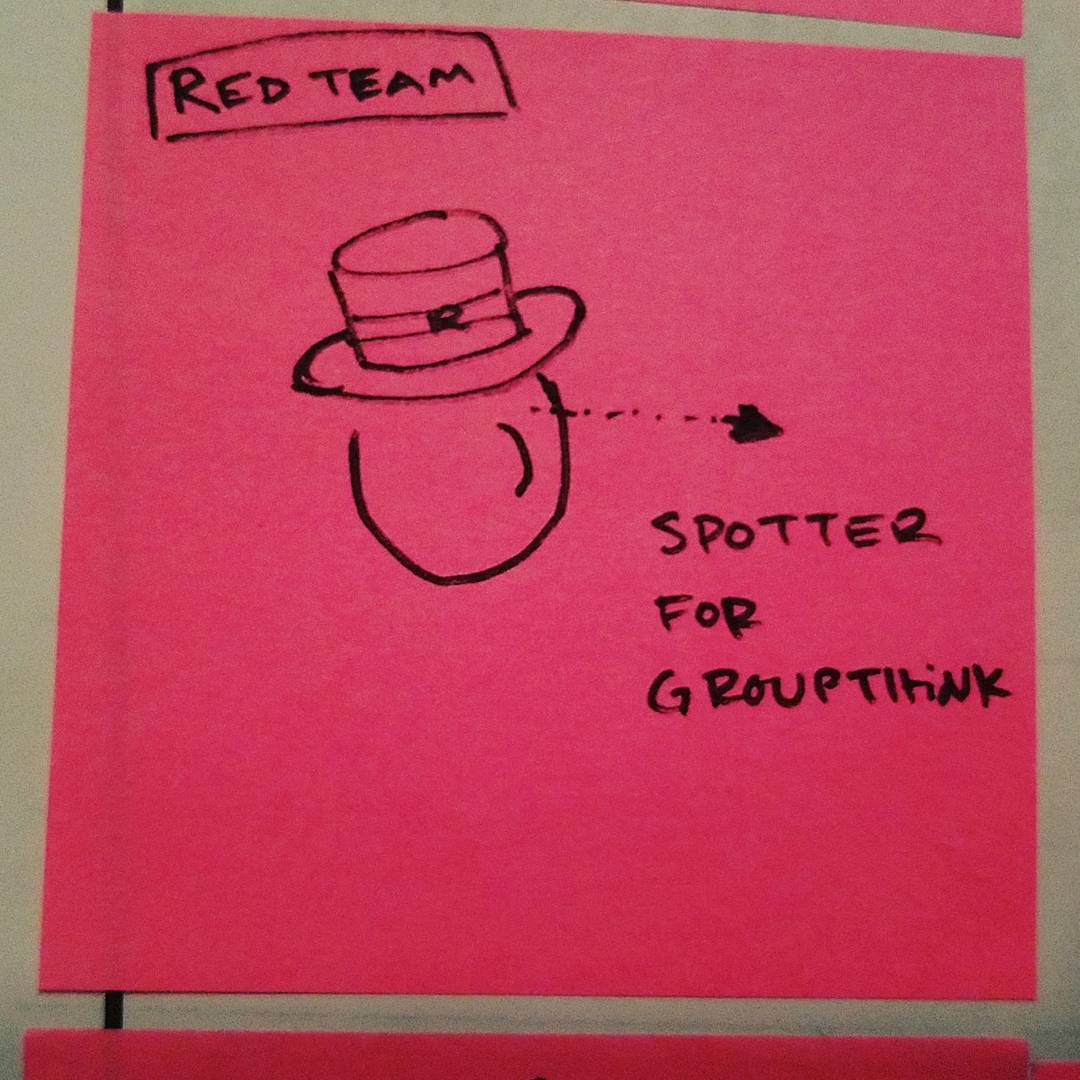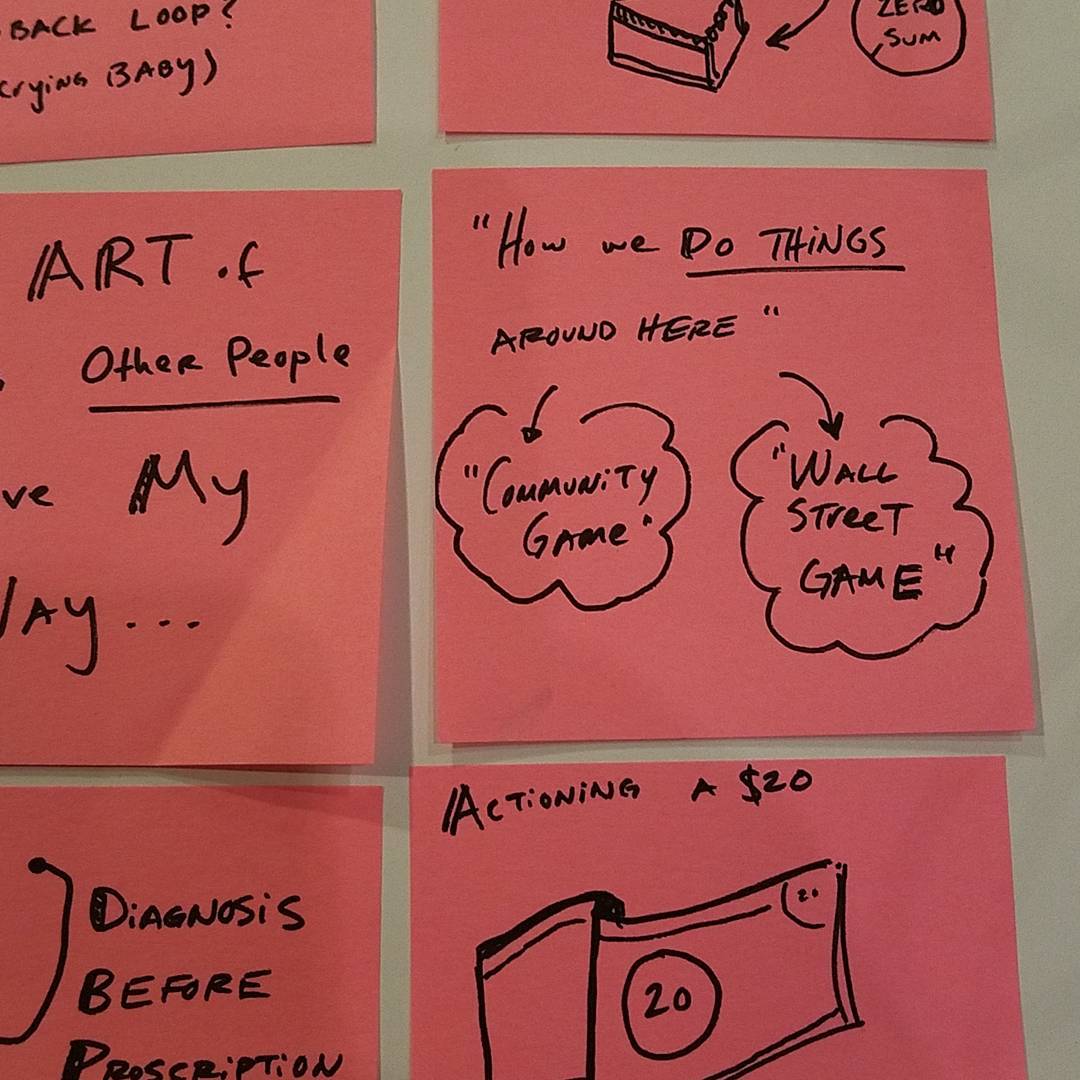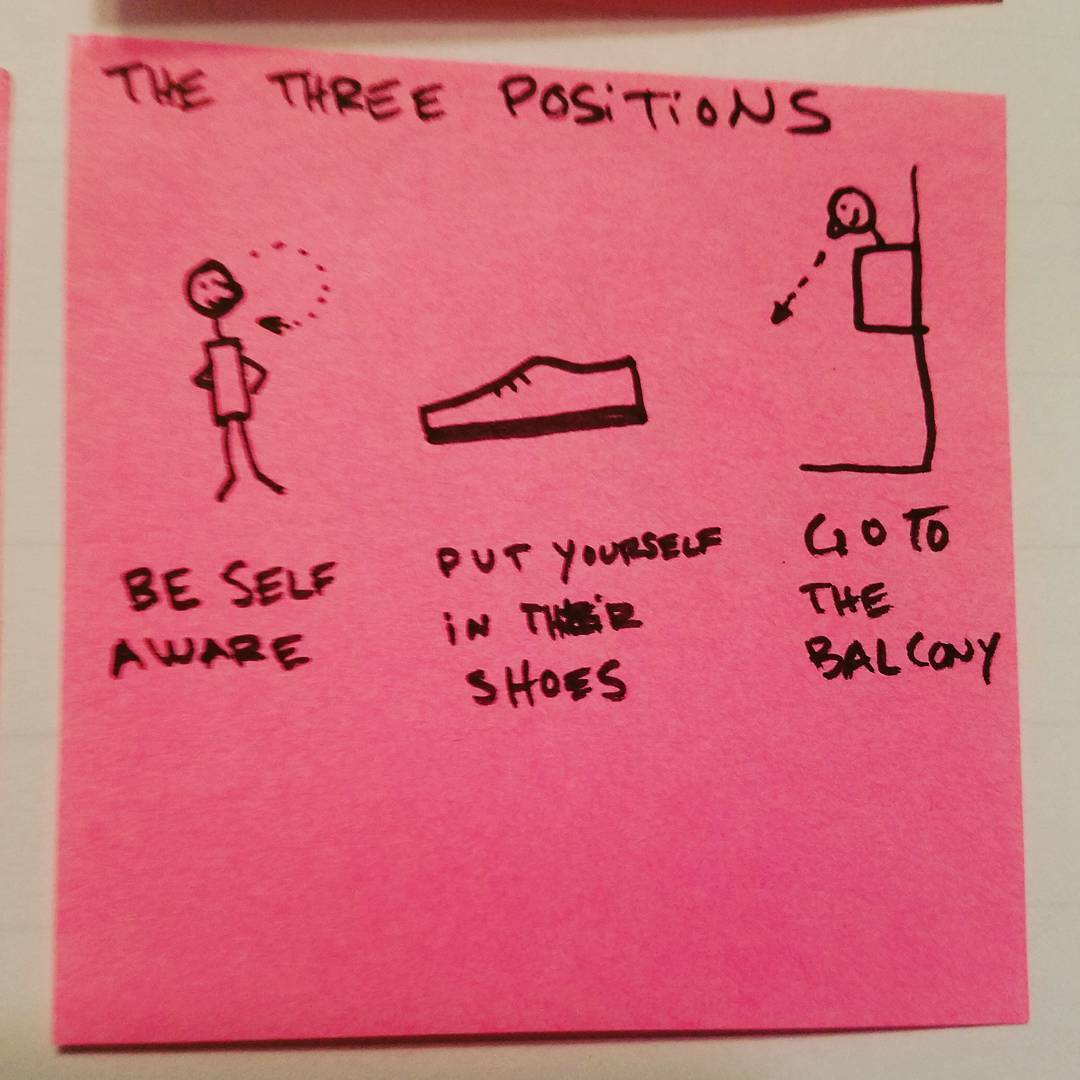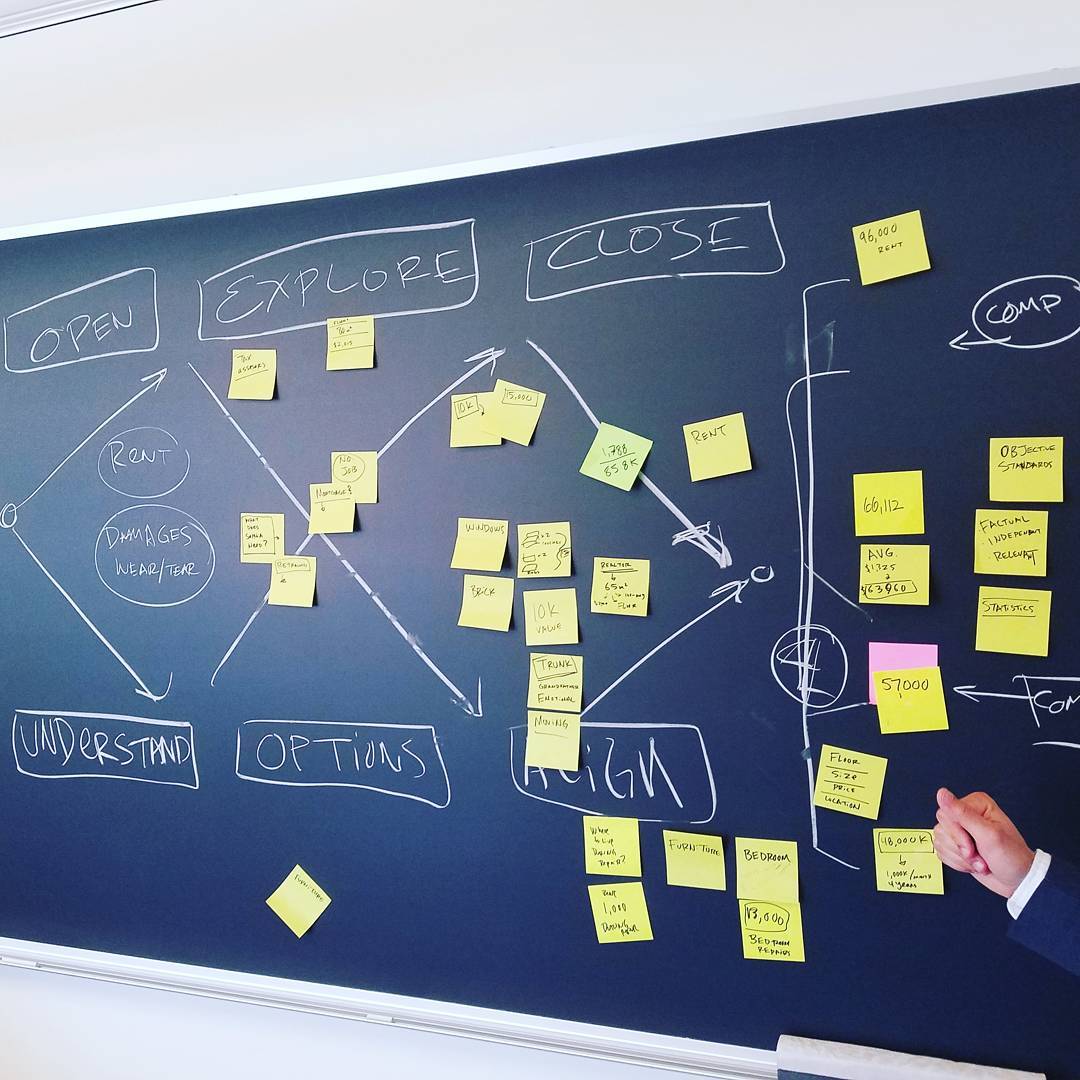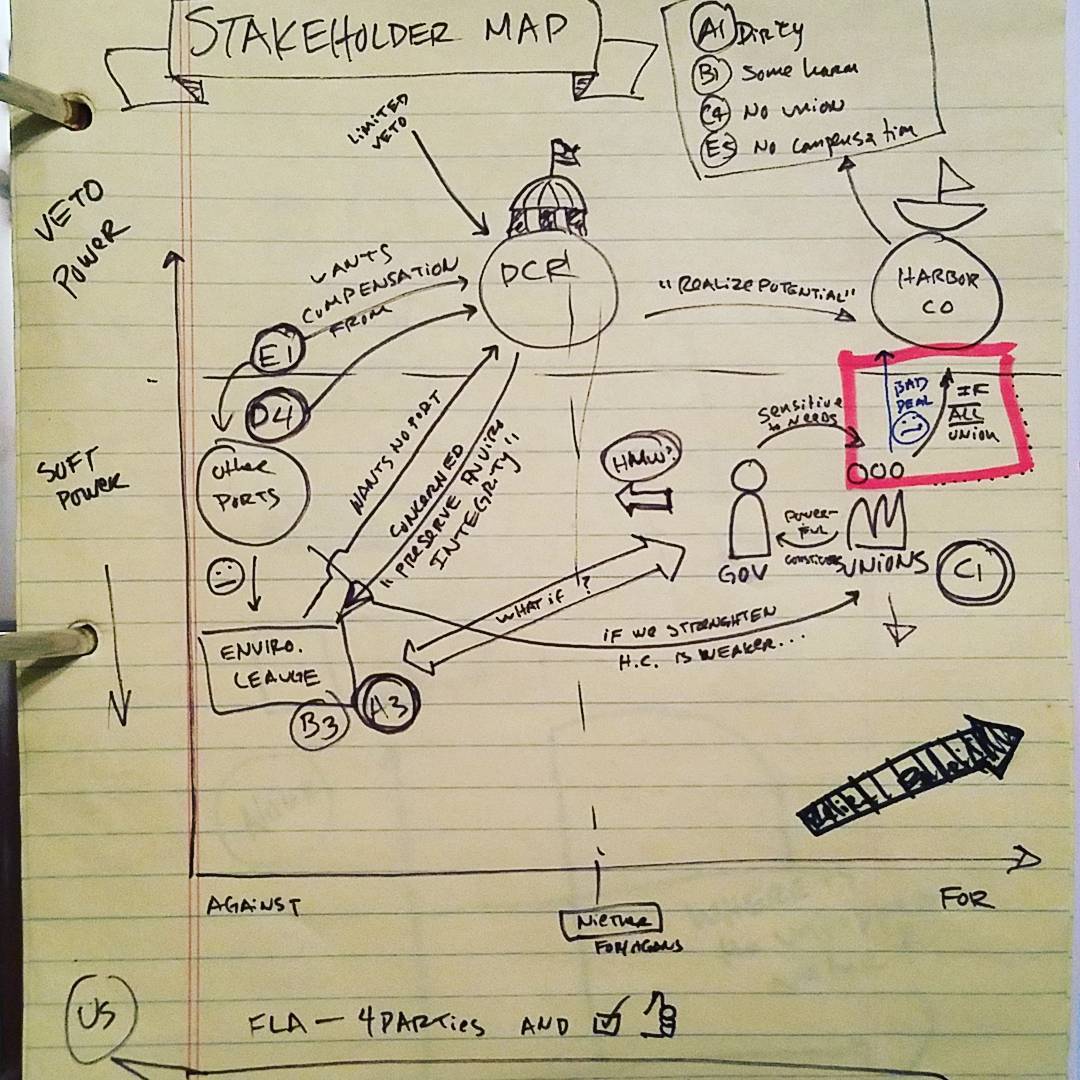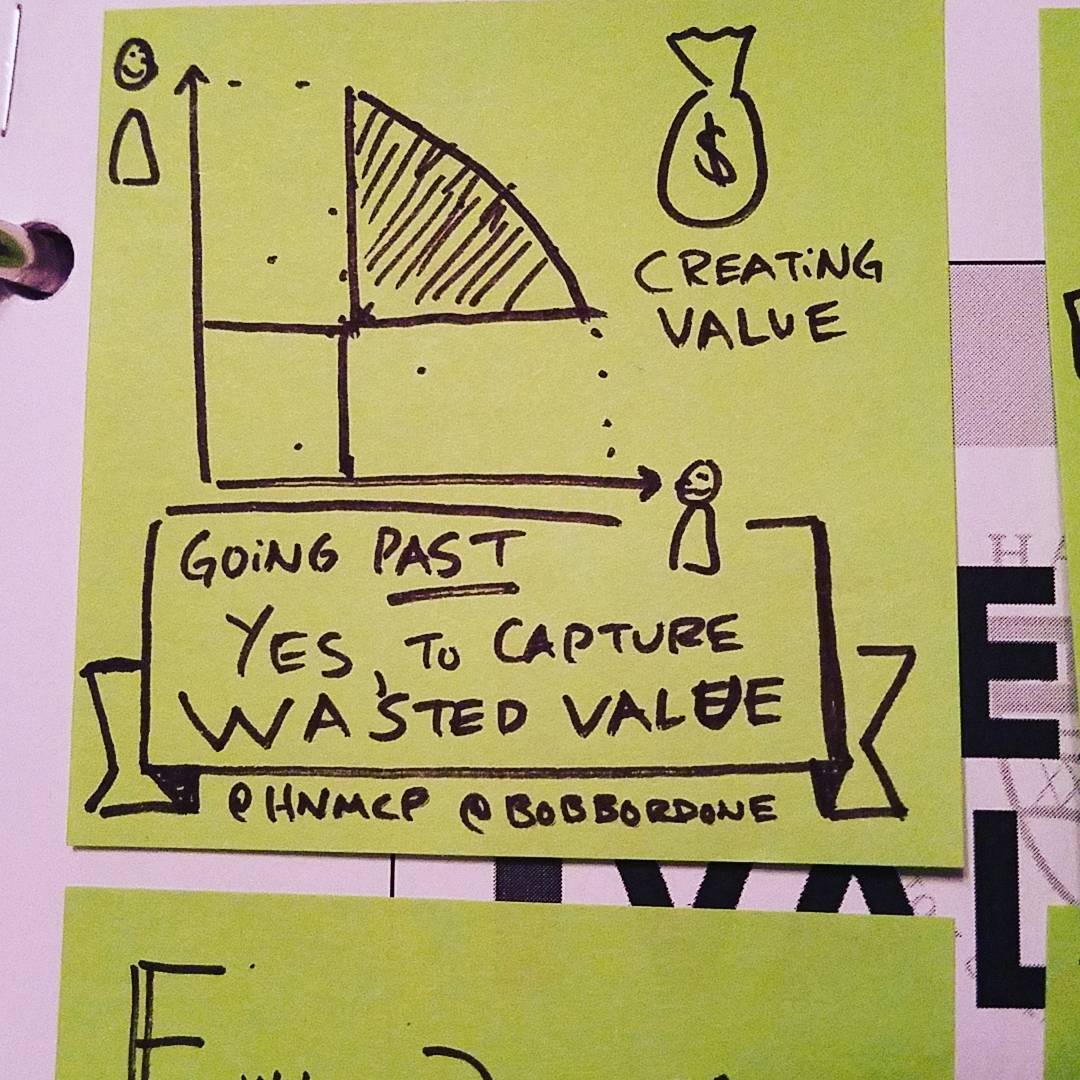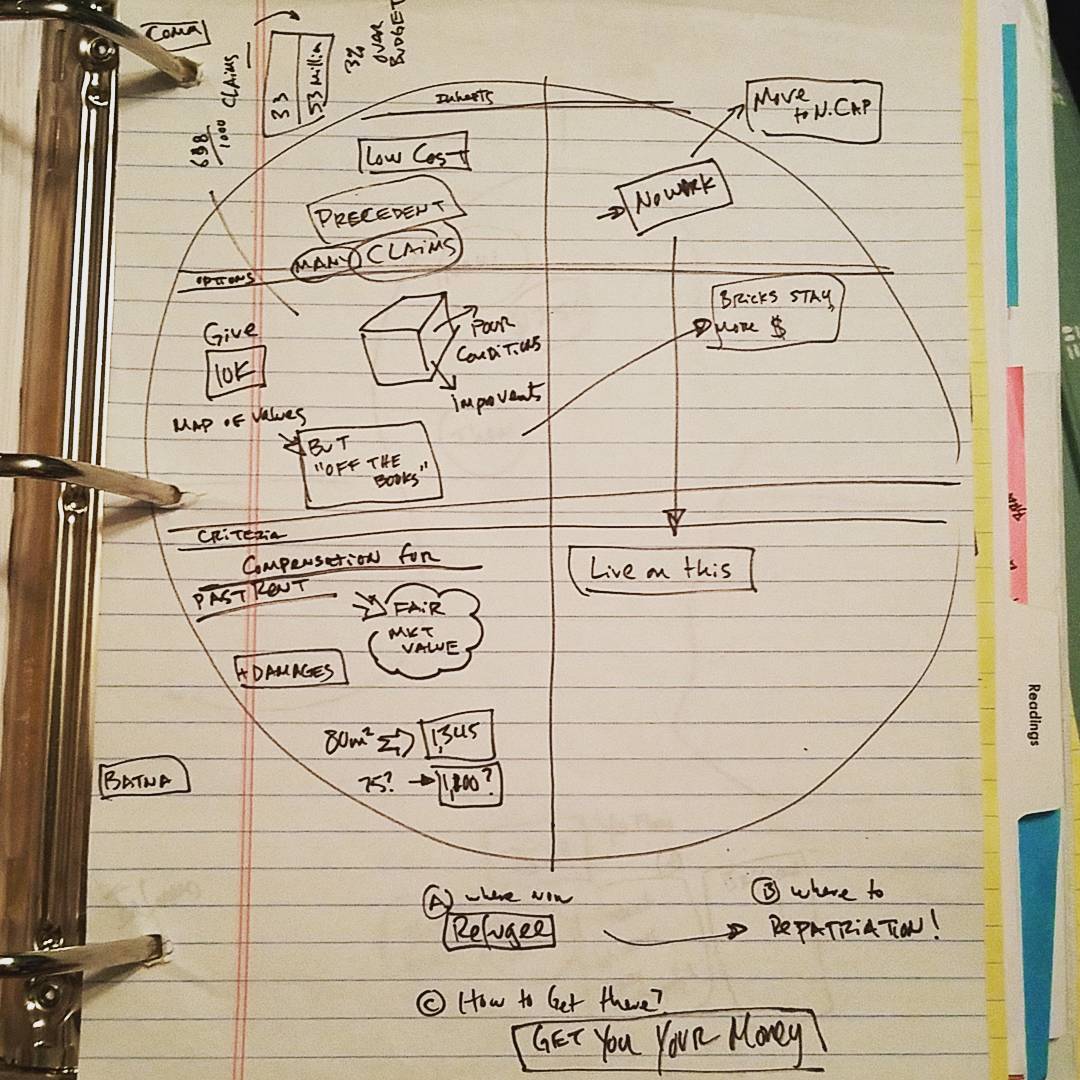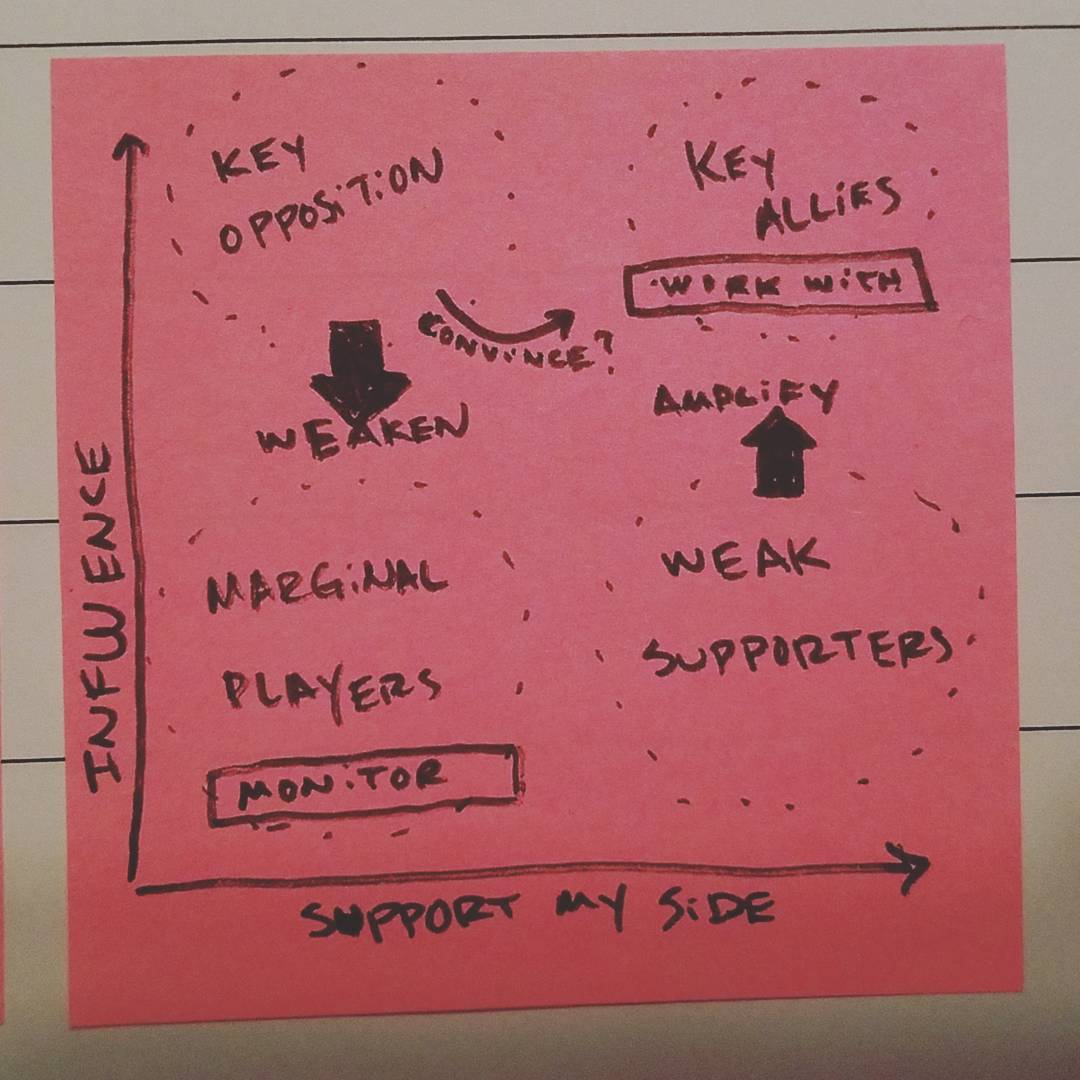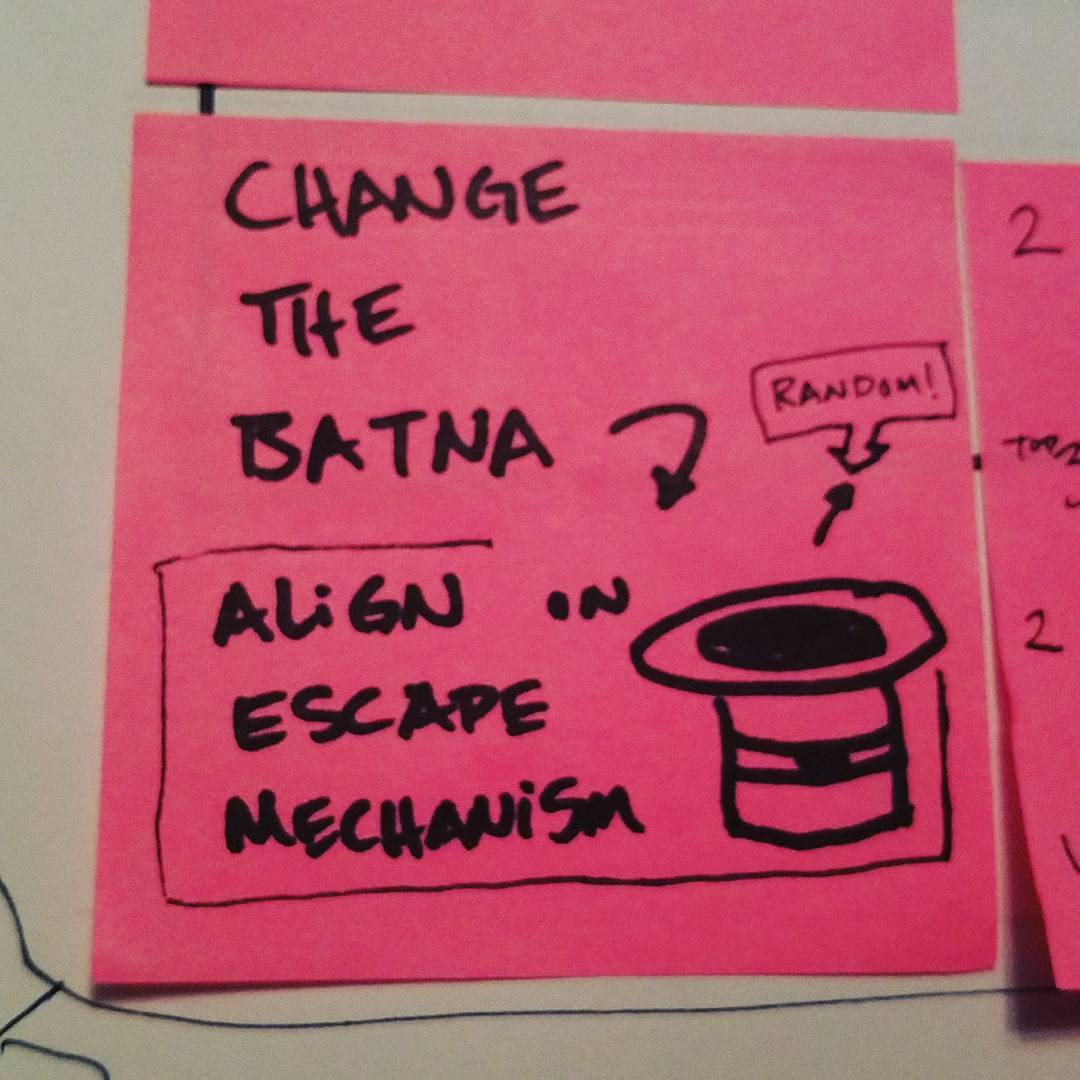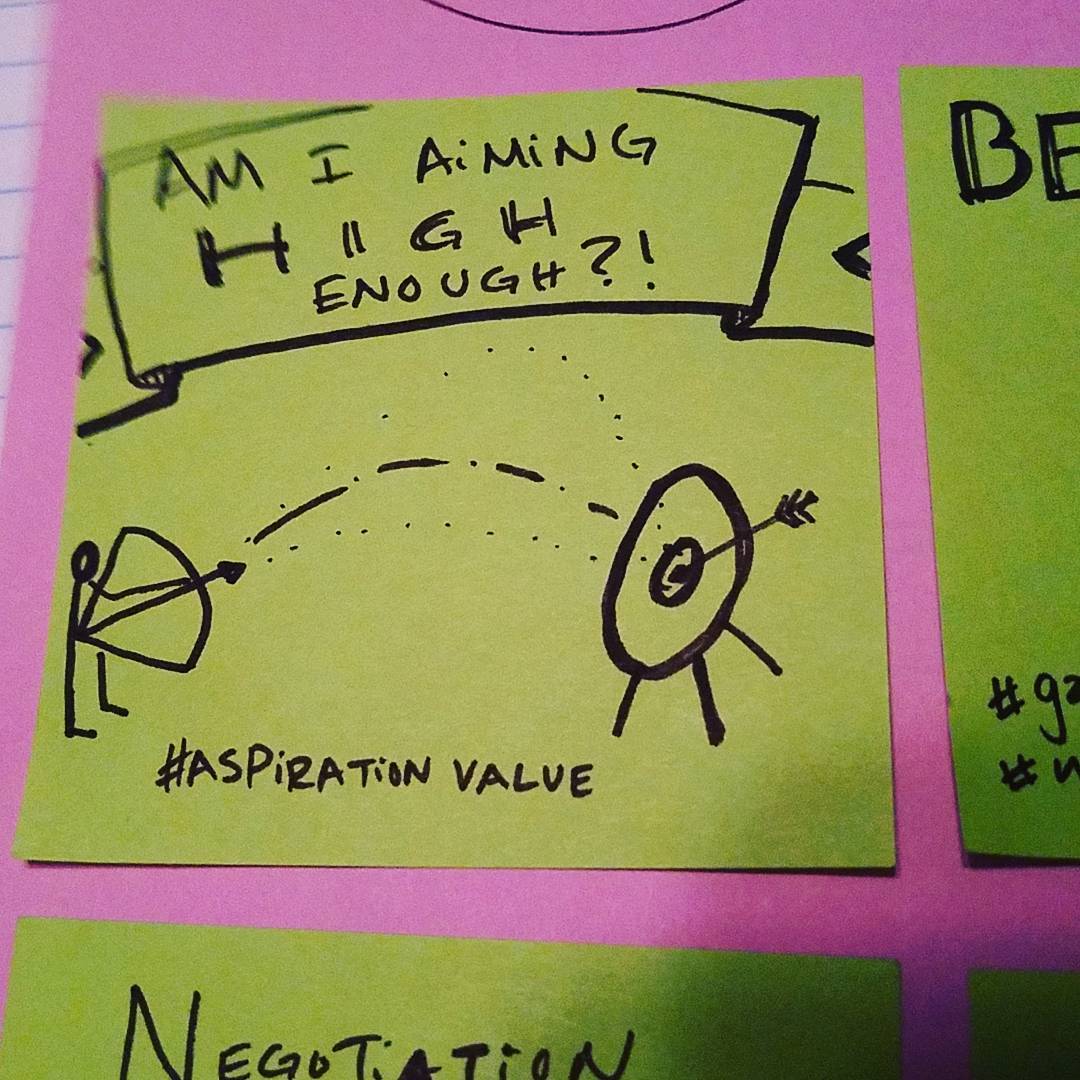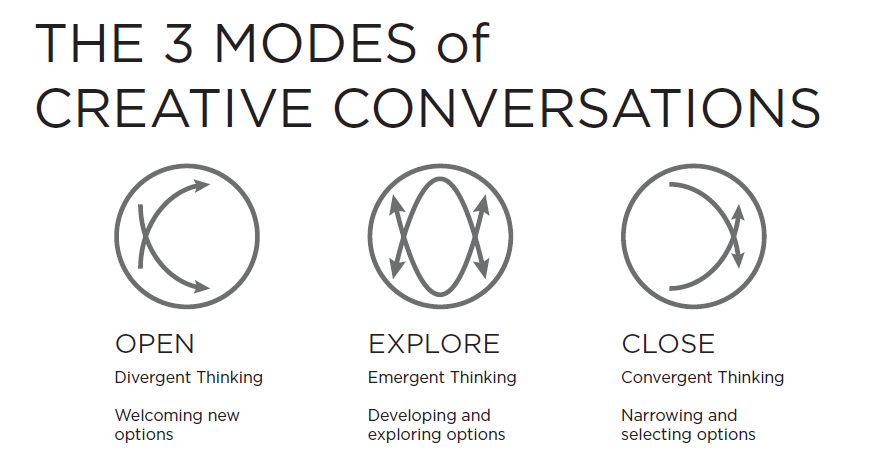Design means change and change means loss of the old. Even if a new design is better in every way, there is no design so perfect that you can “flip a switch” and step into the new instantaneously. Change takes time. And in that space between the old and the new there is a sense of loss. I’ve been doing my own work around trauma and healing it, and I couldn’t agree with more with Bree Groff’s sentiment that “Sometimes you have to step into the darkness with people” in order to heal things. Don’t fear the pain and loss, anticipate it, embrace it, design for it.
Today’s episode features Bree Groff, who at the time of the recording was transitioning from CEO of Nobl, an organizational change consultancy to Principal at SY Partners, a transformation agency based in NYC and SF.
Our conversation focused on a few key ideas around organizational design. Design, in the end always seems to require deep empathy and co-creation for it to be a success. Bree points out that the conversation about Org design should include as many people as possible, in order to make the change process as co-creative as possible. If you haven’t checked out the IAP2 spectrum, I’ll link to that in the notes.
Bree has identified six key types of loss to consider when designing organizational change:
Loss of Control
Loss of Pride
Loss of Narrative
Loss of Time
Loss of Competence
Loss of Familiarity
I really love this framework to help focus our attention on the key needs of people we’re designing change for.
I highly recommend you also check out Krista Tippet’s interview with Pauline Boss on ambiguous loss to learn more about loss and how to process it. I’ll link to it in the show notes.
Enjoy the show!
Bree’s Website
finite and infinite games by James Carse
https://jamescarse.com/wp/?page_id=61
“anyone who must play cannot play”
The IAP2 Spectrum of Power in Collaboration
On feedback:
Adam Connor & Adam Irizarry
Designing a Culture of Critique
http://theconversationfactory.com/podcast/2018/9/2/culture-of-critique
Being Soft on the People and Hard on the Problem (in negotiations and in life)
Robert Bordone on turning negotiations into conversations
Krista Tippet on Ambiguous Loss
https://onbeing.org/programs/pauline-boss-the-myth-of-closure-dec2018/
Transcript:
Bree: You have to start by understanding what people are feeling because, whether you address it or not, people will feel it. Of course, my intent is to get everyone feeling energized about change positive. Really first, sometimes, you have to step into the darkness with people and address the kind of frustrations or resentment, even like a PTSD that they're feeling from change in the past.
Daniel: Today, I'm talking with Bree Groff, who, at the time of the recording, was transitioning from CEO of NOBL, an organizational change consultancy with an amazing newsletter, to principal at SYPartners, a transformation agency based in New York City and San Francisco. Our conversation focused on some key ideas around organizational design. Design, in the end, always seems to require deep empathy and co-creation for it to be a success.
Daniel: Bree points out that the conversation around her design should include as many people as possible in order to make the change process as co-creative as possible. If you haven't checked out the International Association's Public Participation spectrum, which is just IAP2 ... It's a long, long thing ... check it out in the show notes. It's a really, really helpful framework when you think about involving a large number of people in a complex process.
Daniel: Bree has identified six key types of loss to consider when designing organizational change. Talk about them well into the midpoint. It's a really, really amazing framework. Very simply, it's loss of control, loss of pride, narrative, time, competence, or familiarity. When you're doing change, you're always going to find one or more of these types of loss at play. I really love this framework to help focus attention on the key needs of people we're designing change for.
Daniel: I also highly recommend you check out Krista Tippett's interview with Pauline Boss on ambiguous loss to learn more about loss and how to process it. I'll link to that in the show notes. Also really excited to be working with Bree on a special project. She'll be joining the Innovation Leadership Accelerator that I'm running in September as a guest mentor. The ILA, as we call it, is a 12-week intensive workshop and coaching experience to help you grow as an organizational leader. I'll also link to the application in the notes as well. Enjoy the show.
Daniel: Welcome to The Conversation Factory. Thank you so much for joining me. Can you tell the universe here who you are and a little bit about what you do?
Bree: Sure, yeah. My pleasure to join. I'm happy to be here. Let's see how I got here through a few various careers, first stop in education, second stop in innovation and service design and realize that it's really hard to get good ideas out into the world unless you have an organization aligned and excited for those internally. Did my master's in organizational learning and change, got properly nerdy about how companies and also industries evolve.
Bree: Now, I have the pleasure of doing that with all of our clients every day, so really big Fortune 500 organizations who are doing transformation work and really quickly scaling startups, as well, who are trying to figure out how to grow up gracefully.
Daniel: Yeah. I, too, have had the heartache of trying to help companies with innovation when they say they want to innovate, and then, when you show them what it looks like or even when they show you what they want to do, sometimes it still doesn't actually happen after they leave the engagement.
Bree: That's right. Yeah, Words are easy, and a lot of times in companies, people get what the right answer, quote/unquote right answer, is. I found, in innovation work, that it can be easy to dismiss change for a variety of reasons, everything from, "Oh, we had this offsite, but nothing's really going to come of it. It's a flavor of the month. Oh, our CEO read a book again, and now we're doing that thing."
Daniel: Oh man, when CEOs read books, that's the worst. "We're going to scale up excellence, everybody. This month, we're scaling up excellence."
Bree: That's exactly right. Yeah, it's like, "Oh no." It's like, "Disable that guy's Kindle." Yeah, for a variety of reasons, it can be easy to dismiss change or dismiss innovation and feel like, "Hmm, if I just sort of keep my head down, I can go back to doing the things the way that I know and like." That's not to say that everybody doesn't like change, but for those who don't, it sometimes can be easy not to.
Daniel: Yeah. This is where I get hung up because it seems like there's a limit to the idea of organizational design because there are people that are part of the organization that maybe aren't part of the design conversation and then ... like any design, like I design a product. I put it out into the world. People use it in a way that I do not intend for them to use it, and then we have to redesign our product.
Daniel: So I'm wondering about ... Again, this is just my own ax to grind about everything is a conversation, but it seems to me that org design is, in fact, a conversation between different parties. Who's at the table or not at the table? Who are the stakeholders in the org design conversation?
Bree: Yeah. I would say, first, fundamentally, leaders have to be on board with, if not leading, cultural change or organizational change and organizational design. But changing some structures around will be for naught if it's not in the service of actually helping people do their work better or helping people collaborate better. So fundamentally, those conversations need to be with the people whose mindsets and behaviors you're trying to shift.
Bree: So you can design organizations a thousand different ways. You can design them for efficiency. You can design them for creativity. You can design them for novelty in a market, for perfection or design sensibilities. There's so many different ways that you could set up an organization to have a certain culture, a certain set of values.
Bree: But to not involve the people on the ground or everyone throughout the organization, it would be like almost declaring a bunch of people that they must now have a new religion. It doesn't work. You can make them, I guess, show up at some church on Sunday, but fundamentally, to get people to behave differently or think differently, that's a conversation with them. That's the co-creation.
Daniel: Yeah. Have you ever read a book, Finite and Infinite Games?
Bree: No, I haven't.
Daniel: I think you'll dig it. Well, I always say there's two types of people in the world, those who think there are two types of people, and those who don't. But the people who have read Finite and Infinite Games, it's like it's one of these ... It messes with your head. One of the things the guy who wrote the book talks about is that anybody who must play can't play. You can't force somebody to play. You can force someone to show up. You could put a ball in their hand. You can tell them to run up and down the field, but they won't be playing. They'll just be acting the part. They won't be living it.
Daniel: It seems like there's a really big difference from changing the culture to just like saying like, "Oh, we all fill out this new form now," or, "Here's this new interface where all issues are funneled through." Those are two very, very different things.
Bree: Mm-hmm (affirmative). Yeah. I would argue, too, that the employees are who the culture is for, if that makes sense. You set up a culture so that employees ... so that their work can be a little bit easier, so that they're all making decisions in the same way. They're all valuing ... Not that you shouldn't have diversity of thought, but generally, everybody understands, "Oh, this is how we operate. This is what we value. This is how we get our work done." So it's really for the people executing the work, and so it's a little counterintuitive then to make people buy into a system that really should be for them.
Bree: When I'll do organizational design, cultural design work, it always starts with an interview of people who are doing the work to say, "What's easy about your job? What's hard about your job? How could we change some of the systems around you or the processes around you to make that easier?"
Daniel: Yeah. You said something a moment ago that blew my mind, this idea that an organization can be ... There's a heuristic by which you can judge the design of the org, like speed, efficiency, variety, joy, whatever. It sounds kind of socialist ... I'm just going to say it ... that we should be designing it for the people who are part of the system.
Bree: As an example-
Daniel: I mean, I don't think it's a bad thing. I agree with you, but it feels like a mushy thing.
Bree: It's a little mushy, so let me give some examples. Apple, for example, the beauty ... They've always been a user-centered and aesthetically driven and design ... and all of that. In order to create products that maintain that standard, you need people internally to accept a culture of design perfection. It has to be in the blood of the way that people operate and think and user-centered versus ... If you think about Amazon's operational wing, that needs to be execution- and process-focused. If you're going to get people paper towels in two hours tops, then you need a culture in which efficiency and process is prized above all else.
Bree: In that way, like the culture ... It's such a mushy word ... or the water you swim in, it should be in the service of helping everyone know what's good work like here.
Daniel: Yeah. Yeah, and that we all agree on that standard.
Bree: Mm-hmm (affirmative). Yeah. Mm-hmm (affirmative).
Daniel: Then org design sort of shows up as a co-creation challenge, like many other co-creation challenges, like from the product-design side where I come in. There's a spectrum of power and engagement. Are you informing people of what you're doing? The org design we're designing, it's top down. Or it collaborative? Or do you empower people in the org to design it for themselves? How do you sort of play with that dial of power and empowerment when it comes to ... because you said the top needs to be involved. But obviously, like one person who reads a book in the middle of the organization can't necessarily say like, "I'm going to change the org. Today's the day."
Bree: Yeah. Honestly, we have done both. Depending on the employees in the organization that we're working with, sometimes, it'll be much more, "We're going to teach you how to change your organization." Sometimes, it's middle of the spectrum, like, "We're going to facilitate and lead you through this." But sometimes, it is more top down. It's top down in the times where it feels a bit like chaos, a bit like Lord of the Flies. In those situations, what we've found ... I've actually made the mistake in my career of trying to teach people how to design when they're drowning.
Daniel: Here's how to design a life preserver.
Bree: Right, exactly. You're like, "Let me teach you ... give you a swimming lesson." They're like, "For fuck's sake, you have a life preserver there."
Daniel: Yeah. "Please just hand me ..."
Bree: "Please just hand it to me." There's a certain level of capacity and stability that an organization needs in order to learn how to design for themselves, which is an ideal situation because consultants can't nor should be around forever. A company that knows how to org design themselves is like ... Well, that's just brilliant. You're going to be in business a long time because you can ride the changes of the market.
Bree: But there are some times when, for whatever reason or whatever changes have gone on or whatever fatigue exists within an organization, that sometimes, you need to throw the life preserver, which sounds like, "Try out this way of doing it. Let's see if it works or doesn't work. You're still in control of telling us. Did that make your life easier or harder?" But there are some times where we have to say, "Here's three other ways that companies have done it. Pick one and give it a go."
Daniel: Yeah. Well, this goes to one of the sticky notes I have here, which is about starting the org-design conversation. With many things, like somebody who's got a crappy website may not even know that they have a crappy website and probably doesn't have a big digital transformation budget ... They're not even thinking about. Like somebody who's desperately ... whose org is just totally broken, they may not even be willing and ready and conscious of the need.
Daniel: How does somebody pop up and be like, "Okay, this needs to happen"? What's the arc of that conversation to bring somebody in and say, "We're ready to do this"? Because it seems like a potentially unclear timeframe and arc from when you become obsolete, from when we start the engagement to when you've made yourself successfully obsolete. Good job for you doing that. That's not nothing.
Daniel: That was a meandering question. Take whatever you can from [inaudible 00:15:45].
Bree: Okay. So I'll start with the ... what if you see ... Someone doesn't even know they have a problem. In that case, from our perspective, they don't hire a consultant.
Bree: But if you are internal and you see, "Oh shoot, our website is a disaster," and no one seems to recognize this, then the best thing that I've found is to start a conversation, not putting yourself on one side and other person on the other side ... "I think our website's bad. You think it's good" ... but rather to go and find the effects of a bad website, so like, "Oh, we got this customer feedback that they were really confused, so I'm just the messenger. Here's what I have," or anything inside, even if it's not external-facing, just asking for a survey to be done or just simply talking to three people, like, "How did this expense policy screw you up?" "Oh, it's screwing everyone up and slowing us down," and just bringing some evidence.
Bree: Or rather like if you were doing product-design research, you'd go say like, "Hey, try this product. Let me watch you use it and give me your feedback." Same thing with an organization, so it's going to find whatever you feel like might be wrong. The website's bad, or some policy internally isn't good. To go search down what are the effects of that makes it much less scary to ... internally than saying, "I think ..."
Daniel: This is so interesting because it feels like it mirrors, as many things do, one-on-one dialog, giving a person feedback and saying like, "So can I give me some feedback?" Like blank.
Bree: Nobody likes that.
Daniel: Nobody likes that, and it's not feedback. The question of when does feedback become feedback, is it when it's asked, given, and utilized? Or is it feedback when it's given and rejected? Is that still feedback? It's interesting, this idea of oppositional versus like, "Let's look at something together," like, "I'm not opposing you. I'm just saying, hey, here's this thing. Would you look at this thing with me? Let's look at some data together."
Bree: Yeah. Yeah, absolutely, because, especially internally and especially in our day and age where people very much conflate, for better or for worse, their identity with their job in the company, it can be really hard to hear at times, like, "Oh, this didn't work," or, "I'm unhappy about this," or everybody's grumbling. That's why change gets such a bad rap internally because people can be angry about it, and I get it. I totally get it because your work can be very personal. But if there are ways to say, "Here are the effects. Let's look at this at a systems level," rather than, "You did this to me, and I did this to you," level, I've found it's a much more productive conversation.
Daniel: Yeah. That's really just focusing ... In negotiation, they call it being soft on the people and hard on the problem.
Bree: Yeah.
Daniel: I think there's an interesting aspect of like, "It's not your fault this thing is happening."
Bree: Yeah, and I feel like that's always half our role working with clients is ... I'm going to steal that. That's great ... like hard on the ... What did you say?
Daniel: I went to the Harvard Negotiation Institute. It's like five days in heaven. I just did negotiation simulations with mediators and lawyers. I had Bob Bordone, who's my professor, on the podcast. Actually, he came to the workshop that Mathias and I did, too. The idea of turning a negotiation, which we think of as a hardball thing, into a dialog, is like we think we have to be soft on the people and soft on the problems because, otherwise, we'll break the relationship. It's being soft on the people and hard on the problem. It's like, "It's not you. It's this."
Bree: Yeah. That's exactly right. When we hear internally like, "Oh, this department, blah blah blah, and they're doing this, and we're doing ..." or like, "Joe in accounting always blah blah," it's personal. I guess what I'm trying to wake up in organizations is the idea that it's possible to be happy and kind to each other and forgiving and still fix whatever problems exist within an organization.
Bree: But it's hard. There's no shortage of fraught, toxic workplaces with stress and, honestly, bullying, and so there has to be a way to separate ... It's like, at a base level, we're all going to be nice to each other. It's so very like kindergarten rules. My daughter has these rules at school, like, "Be nice to each other. Respect each other."
Daniel: Yeah. When did we forget those things?
Bree: Yeah. It's like, you have to want to come to work. You just have to be nice to each other while, at the same time, fixing whatever problems may exist from an organizational perspective.
Daniel: Well, so that, I think, goes to the question of loss and healing of loss, right?
Bree: Mm-hmm (affirmative).
Daniel: Because the pain that I feel, the resentment that I feel towards Charles in accounting or Maggie in HR, it's a small trauma, but it's a trauma nonetheless. I feel like there is a sense of loss that like, "Well, I just have to move on. We have to do this new thing," and you have to heal that. Do you have to? Does one need to? Or how does one heal those pains? Because just saying, "Let's be nice, and let's move on," I don't know if that would necessarily cut it in all these cases if there's truly a ...
Bree: Oh yeah. I mean, I'm saying that here, but that does not cut it. You can't say that to people.
Daniel: Well, what do you say to people then? Help us, Bree.
Bree: That doesn't work.
Daniel: What do we say to people?
Bree: You say, "I hear you." That's just the very first step. Yeah, I talk a lot about loss. I do a lot of public speaking, and the talk that I give most often is on the six types of loss that people experience through change.
Daniel: Six types? That's a lot of types.
Bree: Yeah, not seven, not five. Yeah, you'd be surprised. There's just six. They are, if I can rattle them off, loss of control, pride, narrative, time, competence, and familiarity. You'd be surprised how you can map any sort of resistance in an organization to one of [inaudible 00:22:14]. If there is resistance, people are likely feeling one of those six types of loss. "So they're changing this whole thing, and I have to figure out a new system, and it's taking me twice as long."
Daniel: Familiarity.
Bree: Loss of time and familiarity. Both, actually. Yeah, they're overlapping.
Daniel: Like, "What is this new thing? Why do I have to use it?"
Bree: Right, or if the company pivots to a new strategy, and that can oftentimes be loss of pride. "All of my work to date, was it for nothing? Why are we changing our position in our work? Was my work not good?"
Daniel: I feel that. I really ...
Bree: Yeah. You have to start by understanding what people are feeling because, whether you address it or not, people will feel it. So the spoiler is it's better to address it than to let that fester. So you just start by making sure that people are heard. Of course, my intent is to get everyone feeling energized about change positive, being nice to each other. But really first, sometimes, you have to sort of step into the darkness with people and address the kind of frustrations or resentment or even like a PTSD that they're feeling from change in the past.
Daniel: Yeah.
Daniel: Hey, everyone. We're at the halfway point. Now is a great time to stretch your legs, refill your popcorn, and head over to theconversationfactory.com to check out the show notes for this episode and, while you're there, explore the other amazing episodes or visit the Resources page for handy templates and activity guides to transform your collaborations and your communications.
Daniel: What's the origin story of that model? Is it yours? Is it founded on other research? Where do those six steps ... I'm new to that model. It's fascinating to me.
Bree: Yeah. It's mine, actually. I sourced it or came up with it having done lots of different transformation projects, my first one being in the field of education. I started to track what I've heard in terms of resistance. Then, once I started to know the people behind that resistance a little more and to try to suss out what they were feeling, I just started categorizing then what were the underlying feelings behind outward anger or resistance.
Bree: After lots of years of categorizing those, I came up with those six. Actually, a lot of them I saw when I was working in education. My very first job was a teacher, and then I was an instructional coach. Then I worked in innovation. I led an innovation department within a school. I had so many brilliant ideas, I thought, about education, and I was like, "Well, why is nobody agreeing with me or changing their behavior? What could be wrong with these people?"
Bree: To really sift through ... like loss of competence, for example. A lot of teachers, they can have the same job description for 30 years. If you, all of a sudden, tell them their way of teaching is no longer modern or good, they have to stop and consider, "Will I be any good at the new way if things are changing so quickly? I have decades of experience doing it, what's now considered an outdated method." So you start to see that across organizations, though. As I started to categorize all of those, those six really floated to the top.
Daniel: It's fascinating. Your brain is amazing because I feel like, on one side, there's this very deeply human aspect, zeroing in on the human loss and connecting with people in a very, very human way.
Daniel: Then on the other side, there's this analytical piece where ... I feel like there are some practitioners of these things who would never think about categorizing the types of loss and sort of taking that 35,000-foot view. Do you have a sense of where these two sides of you ... Do you see what I'm seeing? I don't know, but it's an interesting ... Not everybody is a reflective practitioner is maybe what I'm saying.
Bree: Well, thanks. I should say, I am a sort of math/science person by brain chemistry.
Daniel: What did you teach?
Bree: Yeah, I taught a high school math and physics.
Daniel: I didn't know that. My first degree's in physics. I'm all about physics.
Bree: Ah, no way.
Daniel: That's why, when I was talking about air pressure, you were like, "I got you."
Bree: Oh, I should have guessed. I should have guessed. All right, well, next podcast, we talk about physics.
Daniel: Well, I mean, people write about the physics of organizations, for sure. It's a thing.
Bree: Yeah. Oh, absolutely. Yeah. It's always come easier to me, the quantitative aspects of the world. But I think that's why I like this work because it was harder to understand people's motivations, the complexities of human systems. That, I felt like, "Oh, this is going to be interesting forever and infinitely complex, and I'm never going to get it." I think that's always been what's been attractive to me about really going into people, a very people-focused field.
Daniel: Yeah. Do you feel like having this framework helps you be a better practitioner?
Bree: Yeah. It's like, consultants are famous for frameworks and 2x2s, but ...
Daniel: Is it in a 2x2? Are the six in a ...
Bree: It's not. I should fit it into one. Yeah. Yeah.
Daniel: Well, I mean, are you going to write a book about it?
Bree: Maybe one day. That's a good idea.
Daniel: You don't have to have a diagram in order to have a book, but it's nice. I'm just saying.
Bree: Well, if I write a book, I'll say it all started here. But yeah, it's helpful to have them, I'd say, for two reasons. One is people can soak up frameworks better than they can soak up ... I don't know ... long-winded explanations. So for public speaking or communicating with clients, it's a way for people to organize their thinking. When we work with clients and say, "Oh, you're experiencing a lot of resistance internally or a lot of frustration. Let's try and map that against these six things," it gives people something generative to do or a way to hold onto the ideas.
Bree: The other reason is, candidly, for my sanity, I think. It can be really easy to get sucked into all of the different swirling dynamics of a company that you're working with. In order to be a good consultant, you have to hold onto something that's a little bit more 40,000-foot view that keeps you out of the swirl enough to be able to give sober counsel.
Daniel: Yeah. Not that it's intellectualizing your emotions so that you don't feel them, but it does give some helpful distance to know what's happening to be able to have a name for it.
Bree: Yeah. You have a name for something, and all of a sudden, you have the concept of it, right? Just like 16 different types of words for snow.
Daniel: Yeah. Exactly. Totally. Are you familiar with ... I feel like, when you were naming the types of loss, do you know the ... I forget who was the ... It's about the types of power. French and this other guy had this sense of charismatic power and social power, legitimate power. A couple of those felt like they were connected to these types of power. Loss is about loss of control, in a sense. I wonder when it's like loss of blank, where that comes from.
Daniel: I'm thinking about what little I know about psychology and how it's related to how a person works. These are all things that people really want and need. They want ... Familiarity is a way to help us use less energy every day, right? We're just asking more of people to give them something unfamiliar. It's just literally exhausting, like it demands more of our working memory.
Bree: Yeah. Oh, absolutely. Yeah. Within those six losses, there's just a lot of very simple human needs, so as you say, a need to be able to roughly predict our future, a need to feel pride in our work, a need to be able to tell a coherent story about like, "This is my work. This is what I do. This is how I contribute to the world." At the biggest level, it's like, "Here's the legacy of my life's work." There's a lot of needs in there, need for control, all of those, a need for time to sleep and enjoy your life, as well. If you mess with those of your employees, then you have to address them.
Daniel: Yeah, yeah, unless you want to design your org for misery, obviously, in which case ...
Bree: That's also a choice one could make. Yeah.
Daniel: "I think unhappy employees do better work," said nobody ever, maybe.
Daniel: So it's interesting to me because, in a way, loss seems an interesting entry point. Maybe loss isn't the entry point to the conversation because that seems like a very hard ...
Bree: Yeah.
Daniel: Maybe explain to me, when we're talking about starting the org-design conversation, what are people asking for? What's the pain that they're asking to solve when they sort of kick off that process?
Bree: Usually, things are ... They're either pretty tricky, or pretty good. By that, I mean like companies thinking about org design, either they've gone through a lot of change. Maybe it's good change, new leader, new strategy, merger, acquisition, so there's some pain there. Their initial ask or the reason why they want to think about org design and change is because we want to take away some of the pain.
Bree: There's also a situation in which companies are growing and they're doing great. This is a lot of the work that we do with scaling startups. It's just a matter of we need to figure ourselves out so we have some way to operate without having to make it up for the first time all the time. The conversations, they can either be like, "Oh, we've gone through a lot," or, "We're about to go through a lot."
Bree: There's always a need there to think about not only how do we get through this period, but also, how do we continue to grow in a way that's ... Ideally, org design serves the company over many, many years, the idea of how you work together, and isn't just the band-aid. Yeah. Sometimes, there's pain. Sometimes, there's excitement at the start of a conversation. Sometimes, there's simply things that people or companies need or want to leave behind, especially after a bunch of layoffs. Sometimes, the beginning starts with an ending, actually. What's no longer true, and what are you helping people to accept, that something is lost or gone? Then what do you want to help people get excited about?
Daniel: This is just crazy because I want to go back to this human side that ... I think some people feel like, when somebody's had a loss, just saying like, "Better stuff's on the horizon," is what helps them. There's a lot of research that shows that that's just not the case.
Daniel: It's interesting because I feel like, on the org side, I think people would feel that we should be selling the vision and selling the mission and selling the goal. The idea that we should stop for a moment and say, "Something beautiful has died. We are at this inflection point, and we know that this is hard," that takes a lot of bravery, I would think, to sit with that discomfort.
Bree: Yeah. Yeah. We always say there's three steps to change, first an ending, then a transition point, then a new beginning. That model is from William Bridges. Most leaders want to start with a new beginning because that feels so leaderly, like, "Oh, shiny, new vision. Here we go starting a course ahead." But a lot of times, that's just not where people are. People are still dealing with an ending.
Bree: I often give the example of ... I guess it was Prince Charles who was asked by a reporter once if he was excited for the day he'd become king. That sounds exciting, right? But he was like, "No, that would mean my mother just died." I'm pretty sure that reporter's not asked back to Buckingham Palace.
Bree: But the idea that it can be so tempting to look at the future, especially if you're a leader who's been thinking about that future for a while or having lots of conversations about that future, likely in board rooms, it can feel so tempting to dangle the shiny in front of people. But a lot of times, it's just not what people want or need when they're still coming to terms with ending.
Daniel: Yeah. How do you coach a leader to have that kind of inner fortitude to stay with that discomfort?
Bree: We do, actually, what I advised before, which is survey people, interview people, get the human statements, the quotes and verbatims from people, and share those with leaders so that they can empathize with what their people are going through because even the very best, most empathetic leaders we know usually just aren't in the room with their people a lot of the time. They're in board meetings or C-suite meetings, so if a leader has that kind of empathy ... The good ones all do ... it's just a matter of showing them what their people are feeling and then just giving them a little bit of time to process. The good leaders will understand that that's what people need. We help them get there and can literally craft what are the words that you can say to help people feel heard.
Bree: I use this other example of a fast-food rule. The idea of a fast-food rule example ... You go through the drive-through at McDonald's, say, and you say, "I'll have a burger, fries, and a shake." Then what's the first thing they say back to you? Can you guess? It's not a trick question.
Daniel: Oh no. I literally have ... I haven't ordered fast food in so long. I can't even imagine. They're like, "Go down to the next window," I think, is what they say.
Bree: So close. [inaudible 00:37:09]. That's probably the second thing that they say, but the first thing they say is, "Okay, so that'll be a burger, a fries, and a shake." Very first thing they do is they make sure that you are heard.
Bree: We coach leaders as well around this principle of, first, you have to make sure people are heard before they can listen to you. That's the order of operations in a conversation because, otherwise, they're just going to keep trying to be heard. Then it's just two different parties talking against each other. In those situations, we always do the FFR, if you will.
Daniel: FFR is ...
Bree: The fast-food rule.
Daniel: Oh, the fast-food rule. I got it. That's the order of operations in a conversation.
Bree: Mm-hmm (affirmative).
Daniel: I'm obsessed with the idea that we can design conversations. It's very interesting to just have that heuristic, that rule of thumb where you're like, "Acknowledge them first." It's active listening, right? "What I'm hearing you say is this." But it's also interesting to me that you coach the leaders on ... because you can say what they said exactly, or you can rephrase it in a way that can soften it or deepen it or hearten it. Finding the right balance of pessimistic and optimistic or empathetic and forward-looking ... It sounds like there's a lot of knobs there for you guys to jiggle with those.
Bree: Oh, it's all art. It is all art. Yeah.
Daniel: It's copy. Everything's copy.
Bree: Yeah.
Daniel: Our time together is almost up. Is there anything we haven't talked about that we should talk about, anything that I haven't asked you that you have the answer for, that I don't have the question, but you have the answer?
Bree: The other thing that's been exciting me lately ... I mentioned I've been doing a bunch of speaking. I've been working with this amazing speaking coach. I'll give him a shout-out. His name is Nick Morgan, and he's phenomenonal. Because I'm getting on so many stages, he helps me think about my voice, my body. How you embody your message makes such a difference.
Bree: There's some research that, when your body and voice are in conflict with your message, people, of course, they believe your body and voice 10 times over. If you ask your significant other, "How was your day?" and they say, "Fine," there's not a chance in hell you're like, "Great. You had a fine day. I'm so pleased to hear that."
Daniel: Yeah. "Thanks for sharing. My day was fine, too. Let's have dinner."
Bree: Right. Right. Yeah, your body, your voice, it just screams over any words that you're saying. Particularly when we help leaders talk about change, coach their people through change, when they are dialing up those knobs, as you say, I find it fascinating and also really impactful to think about what does your body and voice, as a leader, say. Are you overconfident? Are you empathetic? I know that this is a podcast, and no one can see me, but are you slouching your body? Is your shoulders back? Are you putting your hands in front of you, which demonstrates a bit of protectiveness, or are your arms wide open?
Bree: Those things can make a huge difference. Even beyond the copy that we help ... Here's what you can say, or here's a message to make people feel heard ... it's like, "How do you show up in your body and voice to let people know that you are open, accessible, listening, and still confident?" That's a bunch of the knobs, as well.
Daniel: I think they're all really amazing ways to think about designing the conversation in a way that gets you what you really want and gets other people what they really want, too. If you want to be heard, here's how. Hear someone else first. That's really important and super critical and deeply, deeply human.
Bree: I know. We just all want to be listened to, right? It's so, so very human. We just want to be understood. That's it.
Daniel: Well, that seems like a perfect place to end. On the internet, if people want to go on the internet and learn about all things Bree Groff, where do they go? We will send them there.
Bree: Yeah. My husband got me this awesome URL for my birthday last year, which just describes how nerdy our relationship is. It's from Estonia, and therefore, I got the URL br.ee, my name. That's where you can find me.
Daniel: Nice. I love that. That's cool, br.ee.
Bree: Mm-hmm (affirmative).
Daniel: That's badass.
Bree: Thank you. Yeah. I was really excited about it. He was really excited about it. It was a real high point in our marriage, getting that present.
Daniel: That man is smart. Those are husband points. That's how you rack them up. Understand your audience.
Bree: Mm-hmm (affirmative). Mm-hmm (affirmative).
Daniel: You heard it here first, folks, br.ee. All right. Bree, thank you so much. That was really ... I'm delighted to spend some time with you.
Bree: Thanks for having me. This was a ton of fun.
Daniel: Oh, I'm glad you think so. I think it's a ton of fun, too. I like talking about talking and changing things. That's all we talk about.
Daniel: We'll leave it right there. If you made it this far, you're a rock star. Subscribe on iTunes, Google Play, or Spotify to never miss an episode. If you want to help spread the word about the show, head over to iTunes on your desktop and leave the show a review. It only takes a few minutes and really helps.








